
24 May 2003
Update: 1 June 2006 & 2007 Sept 2015 July 2016 New Images
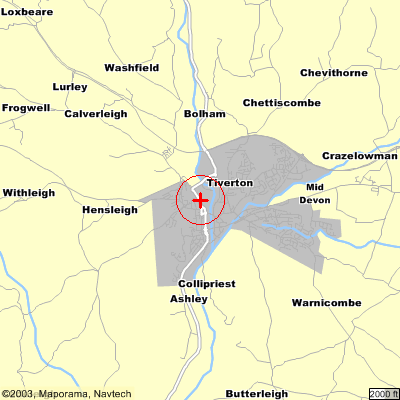 |
|
Few buildings evoke such an
immediate feeling of history as Tiverton Castle, originally built in 1106
by Richard de Redvers on orders of Henry I. The de Redvers were the first
Earls of Devon and when the line died out in 1293 they were succeeded as
Earls by the Courtenays, who rebuilt and enlarged the Castle, and they
regarded it as their "head and chief mansion". In 1495 Princess Katherine
Plantagenet married William Courtenay, who became Earl of Devon. She died
in 1527 and was buried in St. Peter's Church. Unfortunately for the
Courtenays this royal marriage led to their eventual downfall in that
turbulent age, and the senior line died out in 1556, and the Castle
subsequently had various owners down the ages. During the English Civil
War the Castle was besieged by Fairfax in 1645, and fell to him due to a
lucky shot hitting a drawbridge chain. There is a fine collection of Civil
War arms and armour, some pieces of which can be tried on. Nowadays the
Castle is a peaceful, private house, and the buildings, furnishings and
exhibits reflect the colourful history and development. With continuing
conservation in the Castle and beautiful walled gardens there is always
something new and interesting to see. More images below. Subsequent visits
have resulted in a few additional images below. Tiverton is a busy mid Devon market town situated north of Exeter on the A396. Standing on two rivers, the Lowman and the Exe, Tiverton once used this as a source of power for its woollen industry. Much of Tiverton now centres on the Heathcoat lace factory, which has been in operation since 1816. |
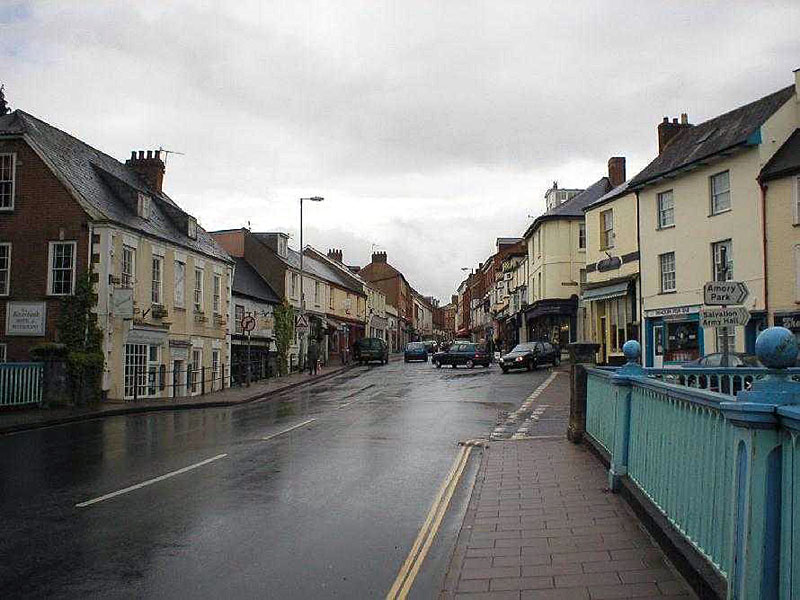 Town Centre 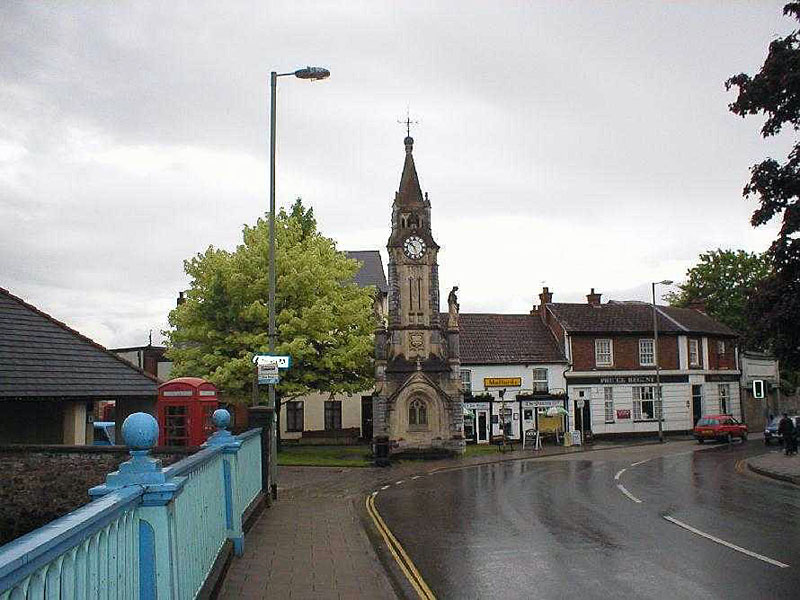 1907 Clock Tower  River Exe |
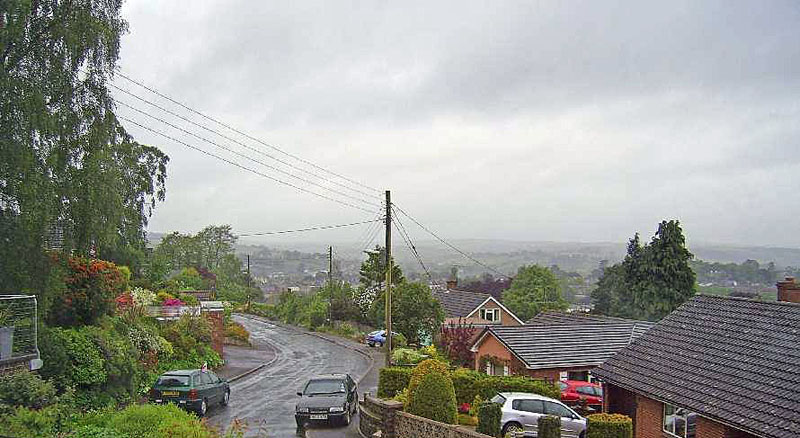 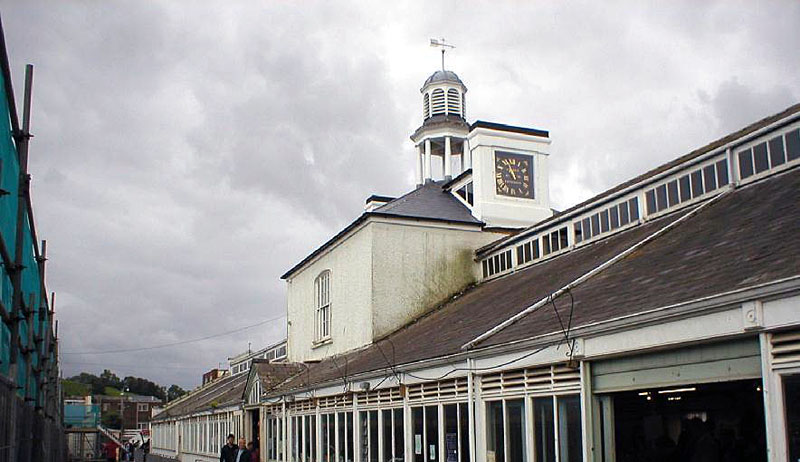 Tiverton Market, always reminds me of a racecourse building for some reason 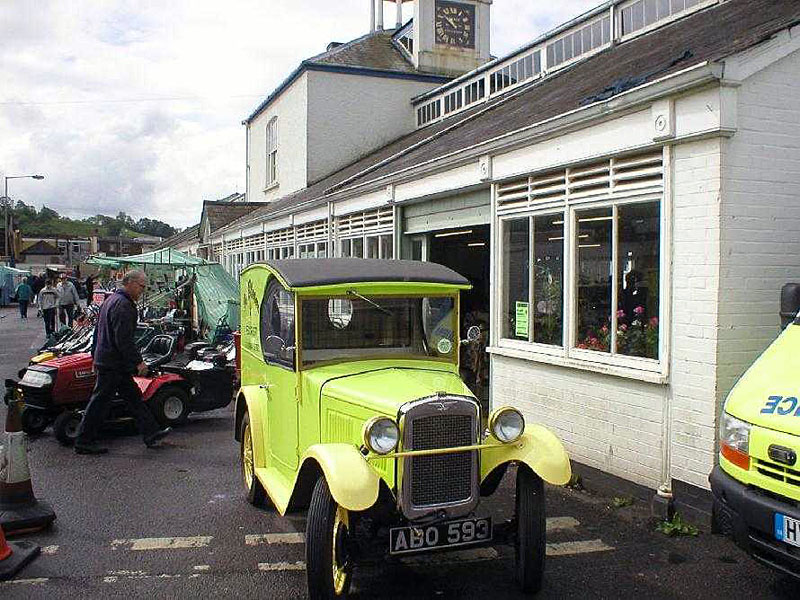 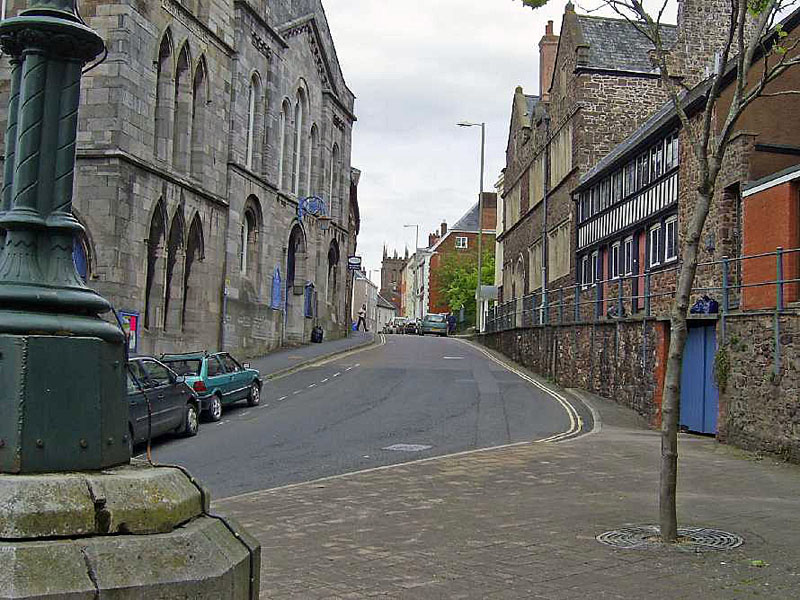 Castle Street 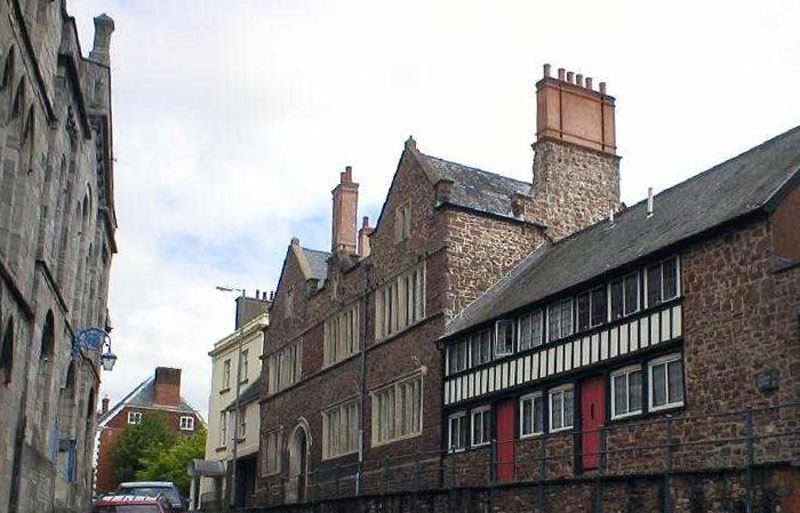 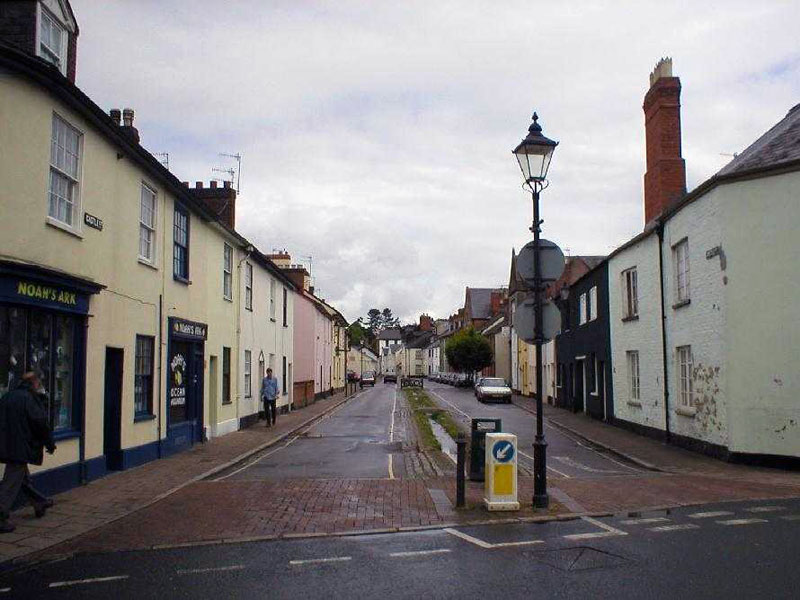 |
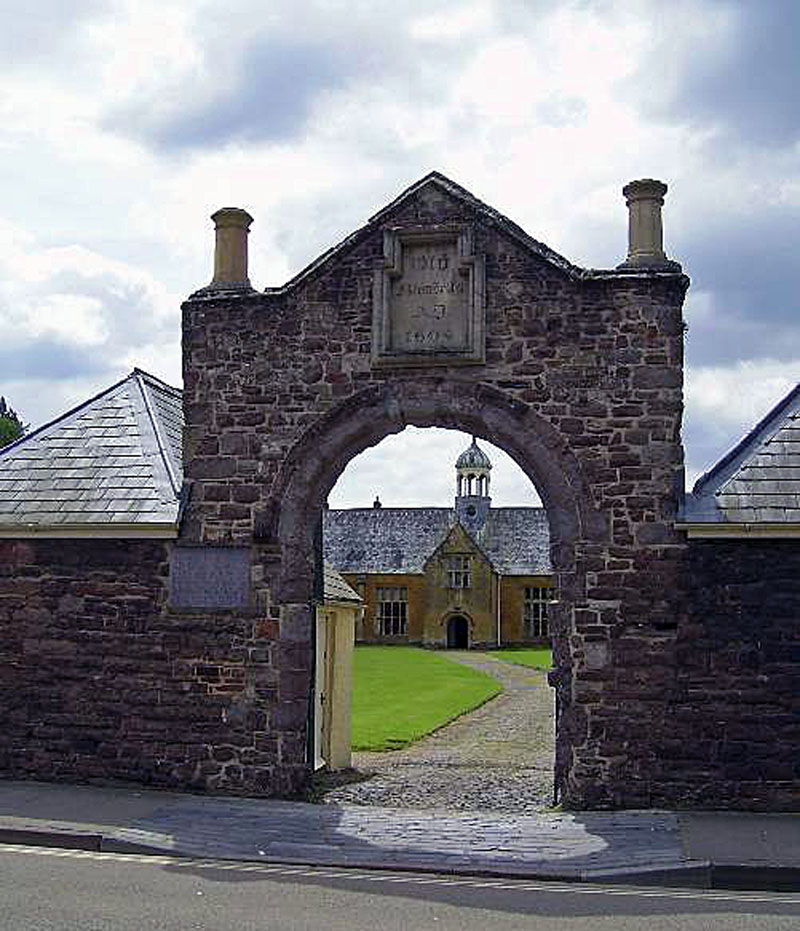 Medieval School 31 May 06 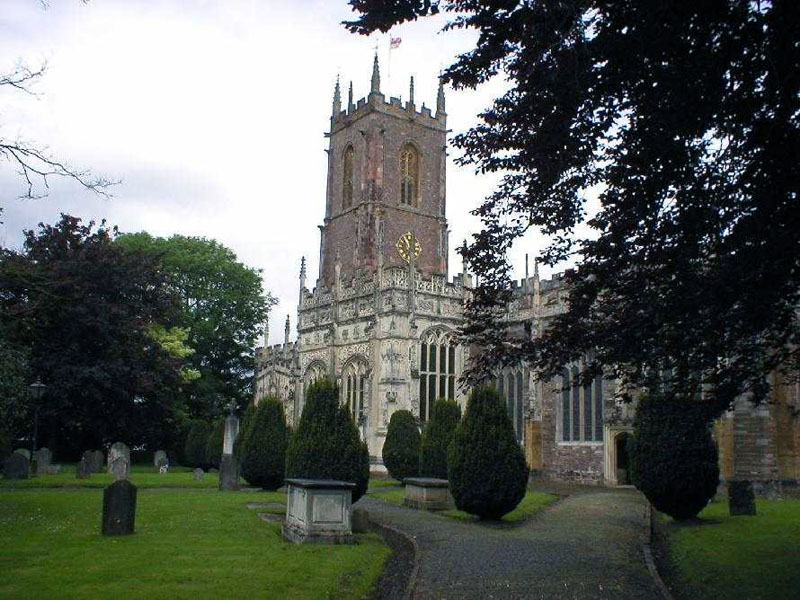 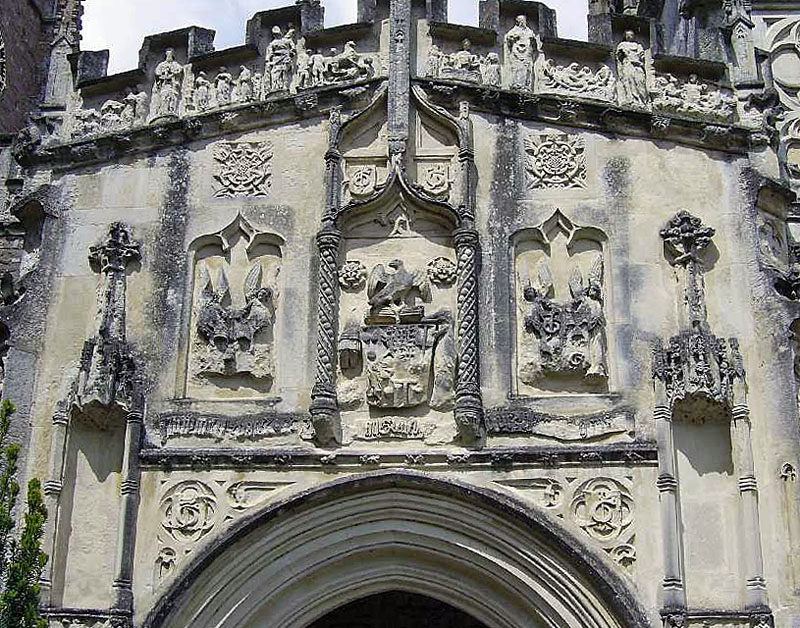 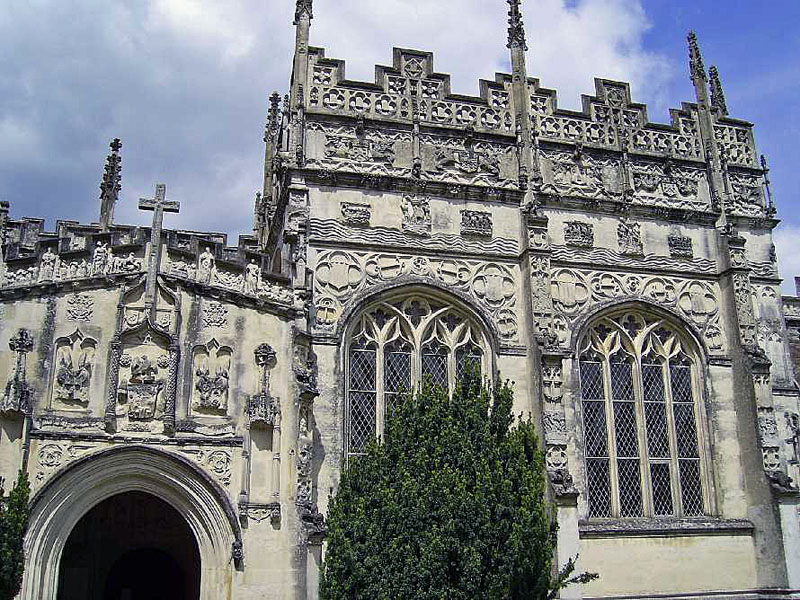 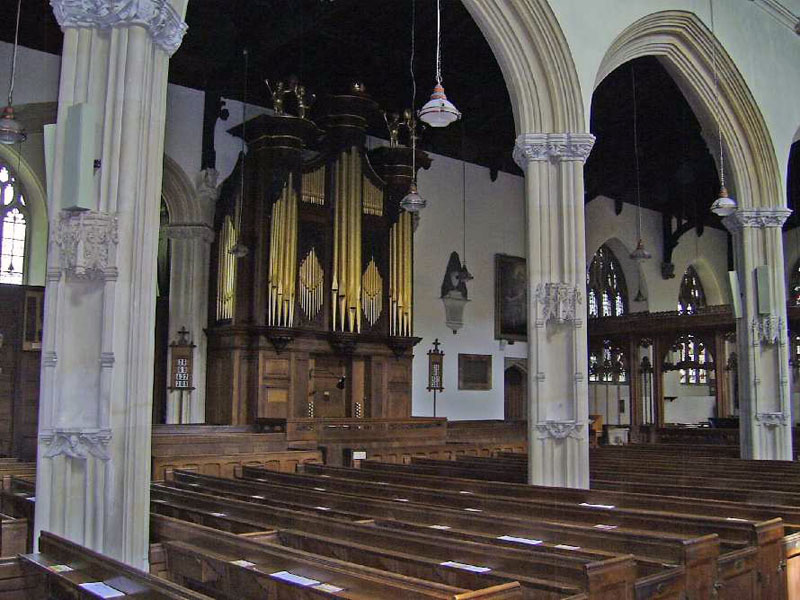  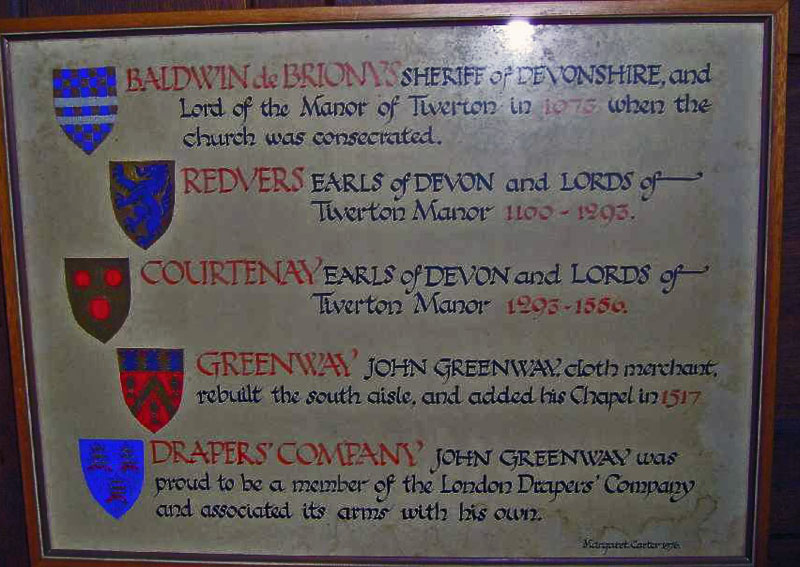 Lord of ye Manor 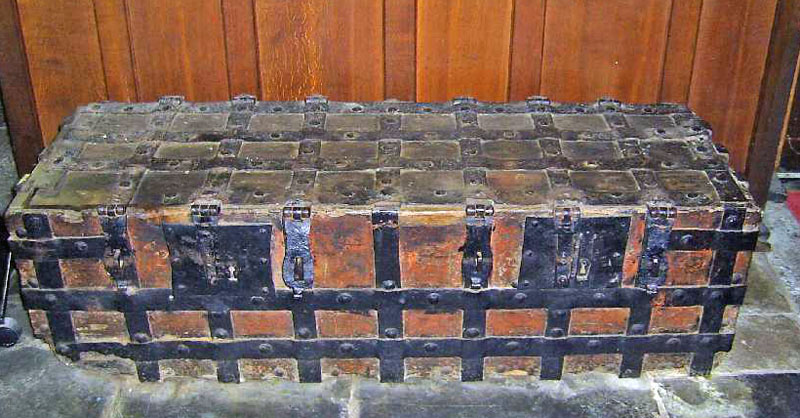 14th C Chest 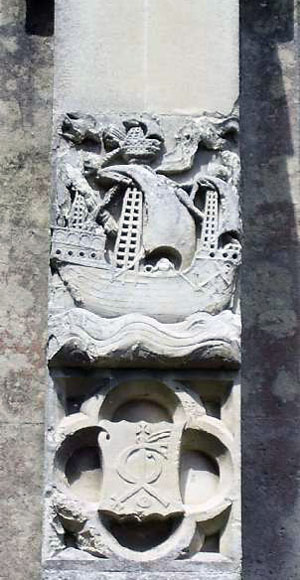 Carving of a Galleon on Church 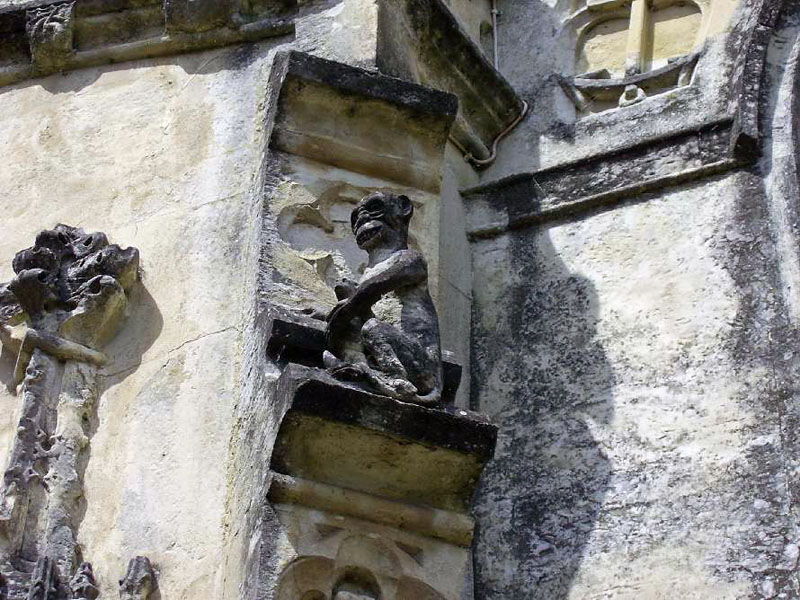 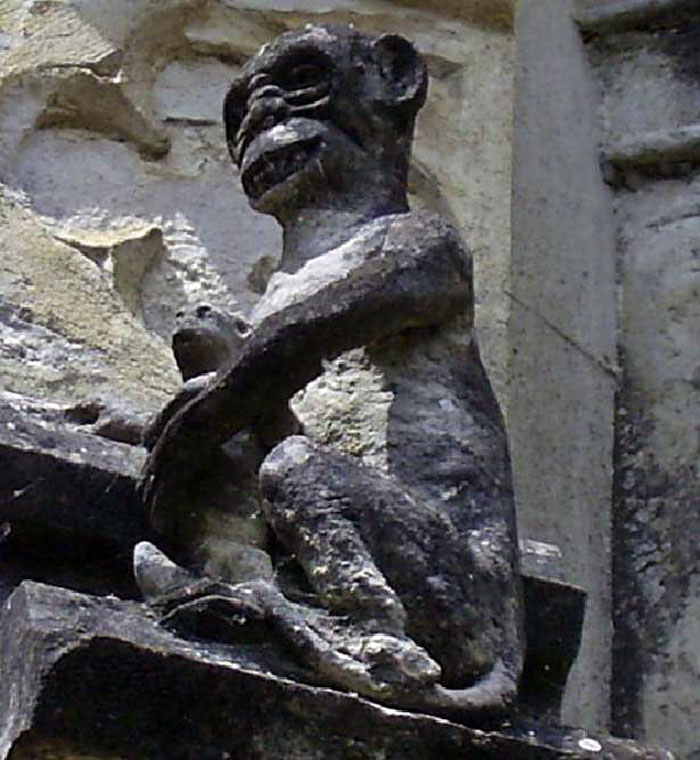 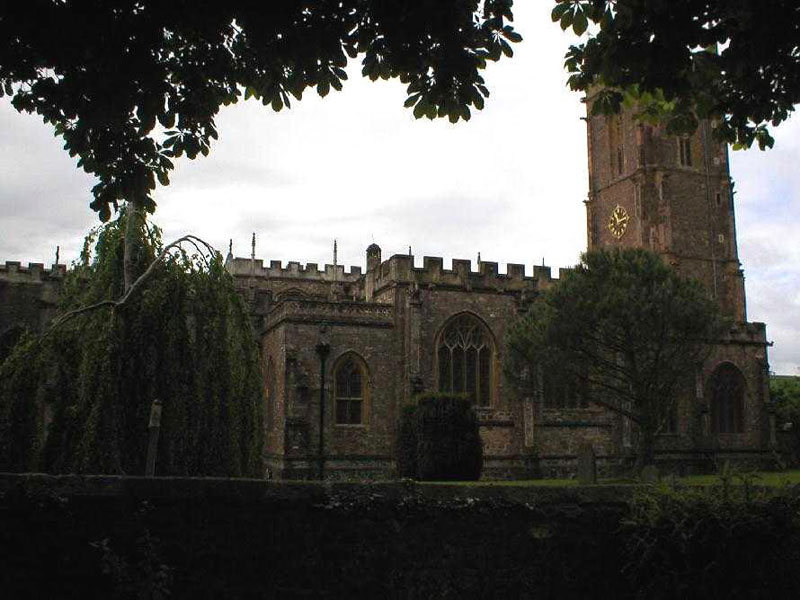 |
|
The Greenway Chapel and the Porch were both built by John Greenway in 1517. He, and some of his fellow merchants, also rebuilt the South Aisle. The outside of the chapel is richly carved. The remarkable frieze of ships depicts the armed merchantmen or galliasses of that period, in which Greenway and other members of the Merchant Adventurers' Company transported their goods. Above the ships, along the second string course, are twenty-one scenes from the Life of Christ. They are now badly weathered. The principal figures all face the spectator, suggesting that these are representations of scenes from miracle plays. The Organ, built by Christian Schmidt. It was placed in St. Peter's in 1696 in spite of strong opposition from those with puritanical leanings. It was completely rebuilt in 1867 by Henry Willis of London, but many of the old pipes with other material were re-used and the original case has survived. The carving is of the school of Grinling Gibbons. It was on this organ that the 'Wedding March' was first played, at the wedding of Thomas Daniel and Dorothea Carew in 1847. The adaptation, from Mendelssohn's Incidental Music for a Midsummer Night's Dream, gradually became popular, and virtually every bride started using it after it was played at the wedding of the Princess Royal in 1858. The Tower, 99 feet high, probably dates from the early years of the 15th century. It is a fine example of a type common in Somerset and Devon. In the Mediaeval period St. Peter's was a Collegiate church. That is to say the parish, which then covered a wide area (country as well as town), was served by a college of priests. It was divided into four portions, each with its own Rector - a system that lasted until 1889. The Earls of Devon held the patronage of three portions and the Priory of St. James in Exeter had the fourth. The church at this time was dominated by the adjoining castle, which was occupied by the Earls of Devon. In the 15th century, a chapel was built by the Courtenay family, the holders of both the Earldom and the castle, to enshrine their magnificent tombs; but nothing now remains of it. It was despoiled at the Reformation and finally destroyed during the Civil War. With the exception of the Norman doorway, the oldest parts of the existing church are the Tower and the Chancel arch, both 15th century. There is documentary evidence to show that after a period of great neglect the church was largely rebuilt between 1412 and 1429. A century later, when the wool trade was bringing prosperity to the town, John Greenway added his splendid chantry chapel and carved porch. |
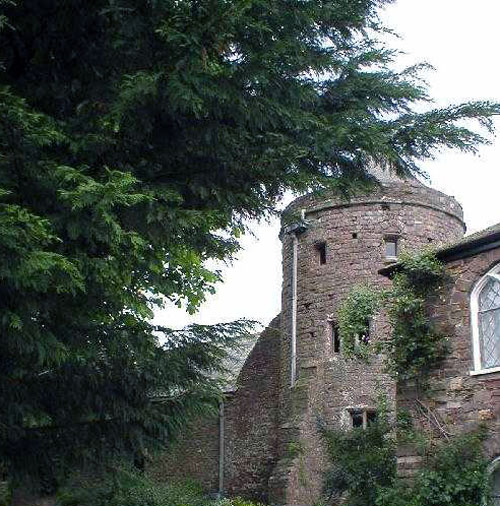 13th C Tower 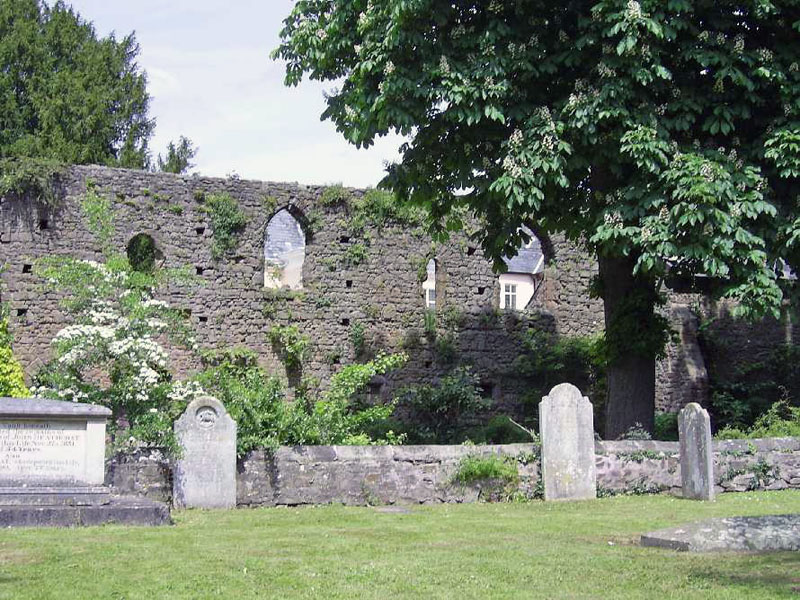 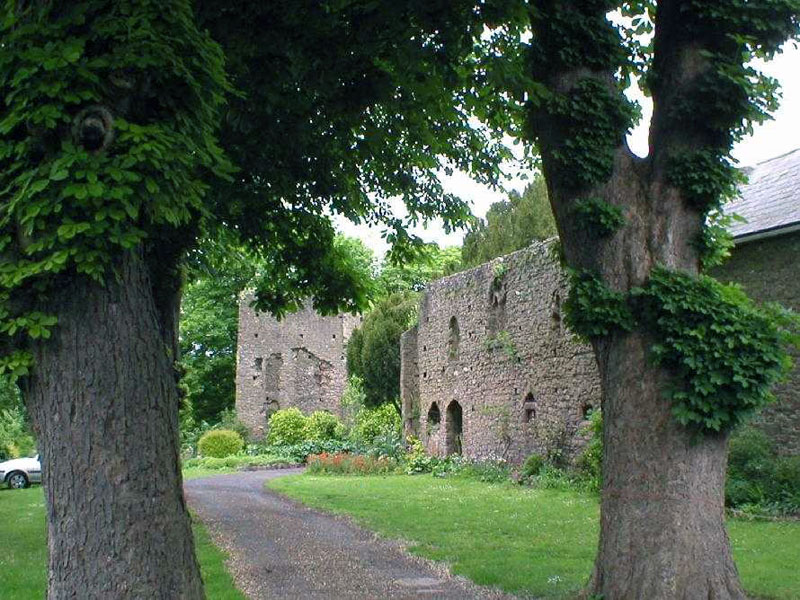 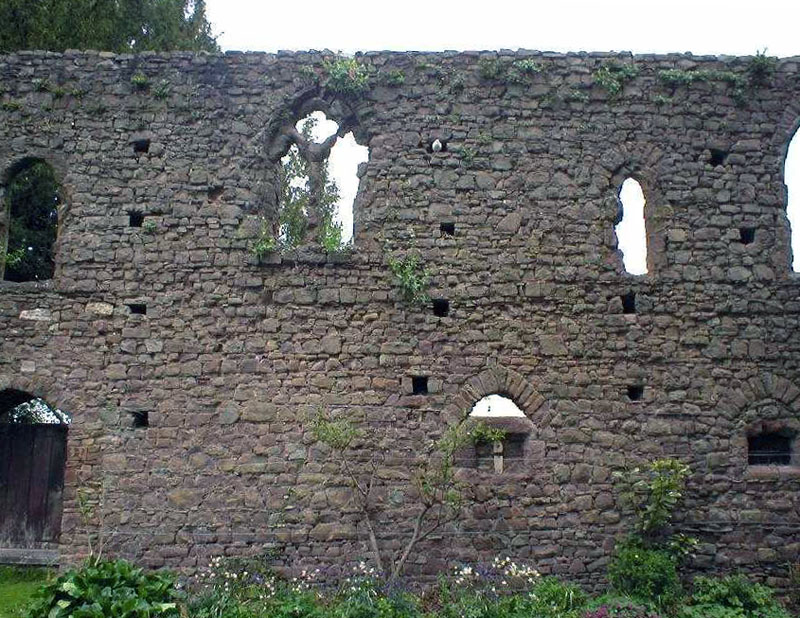
|
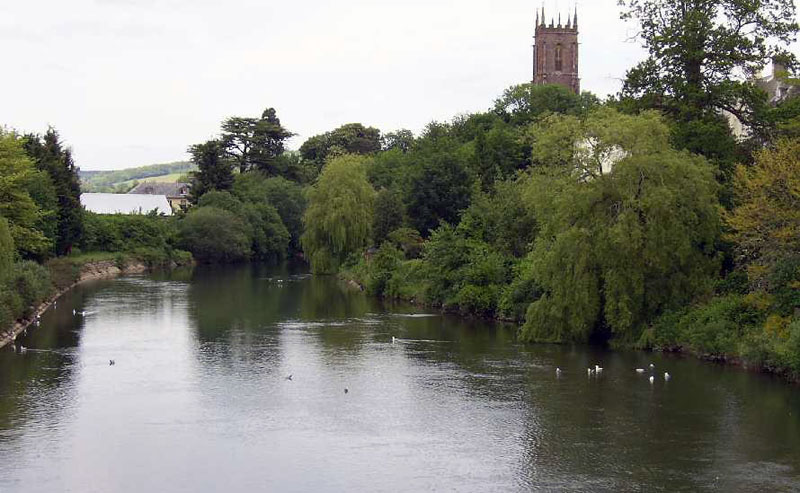 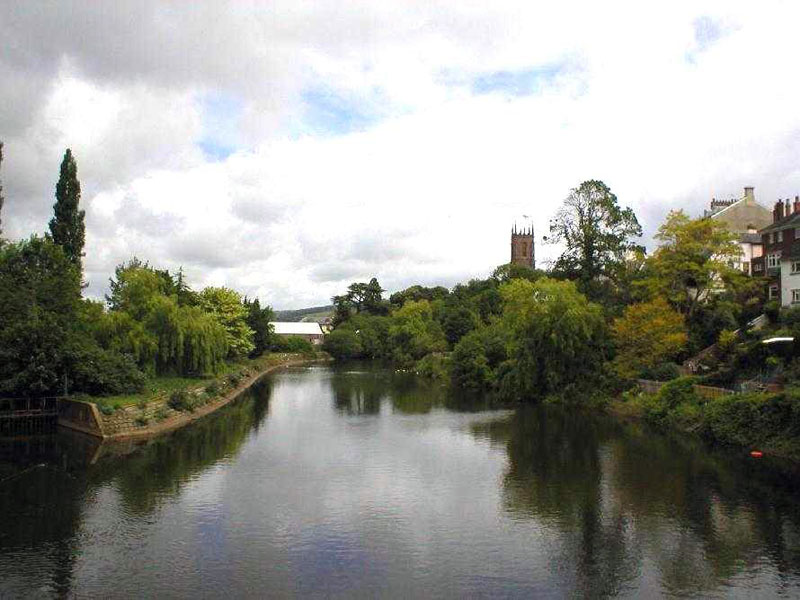 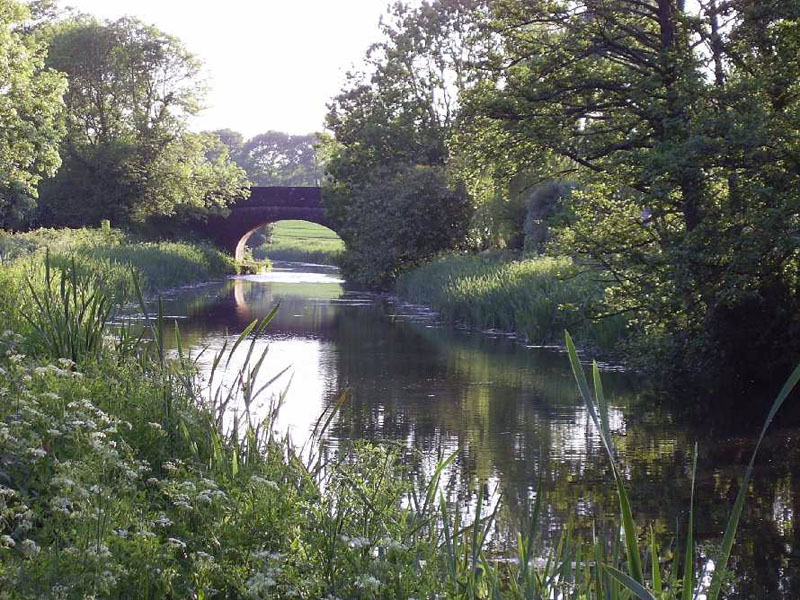 Grand Western Canal |
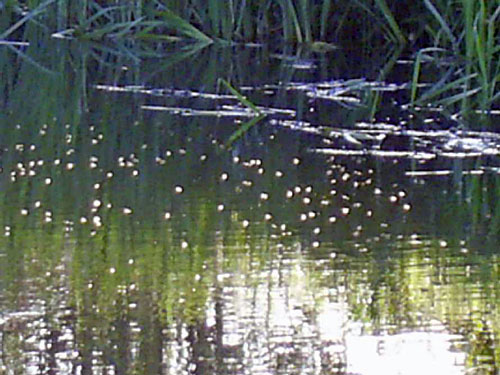 midges over the canal |
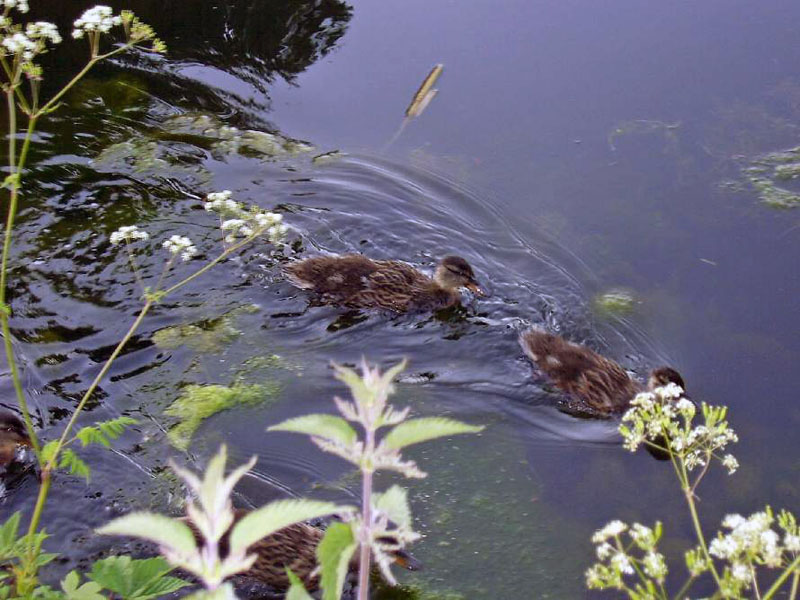 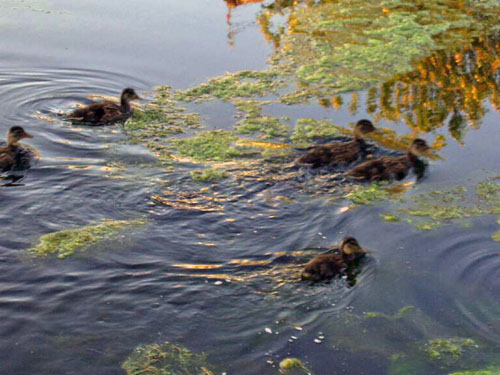 |
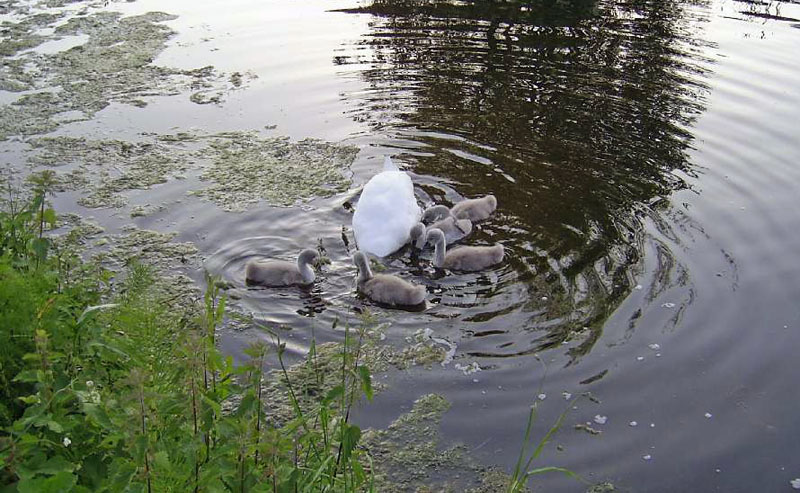 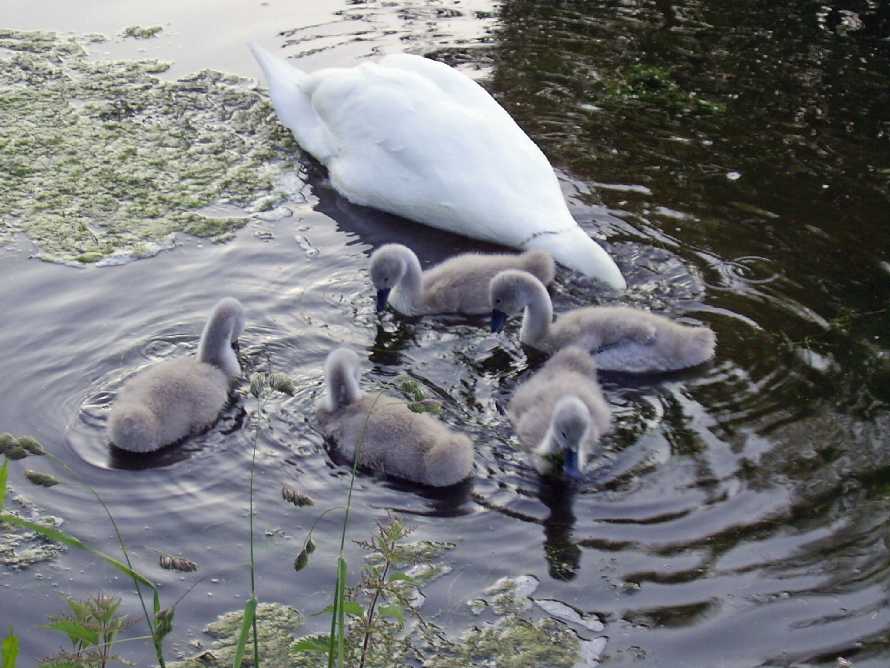 Where's mum gone? Down there somewhere! 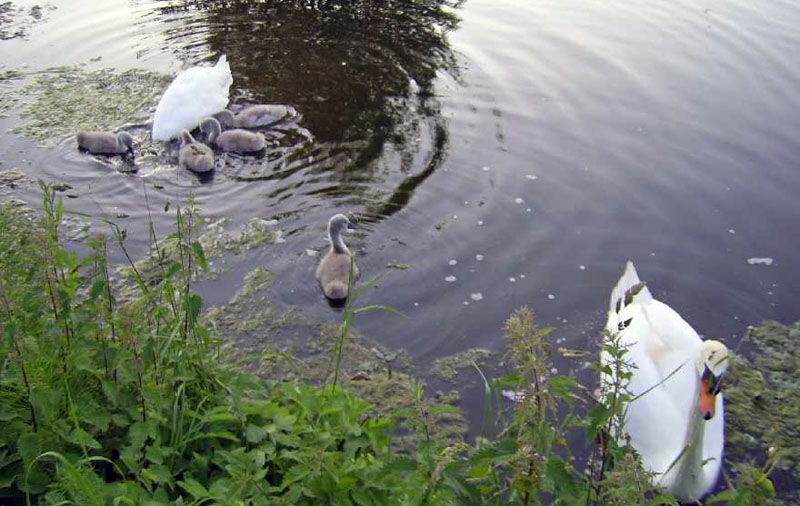 Where's Dad? Over here, said he was going to the bank! |
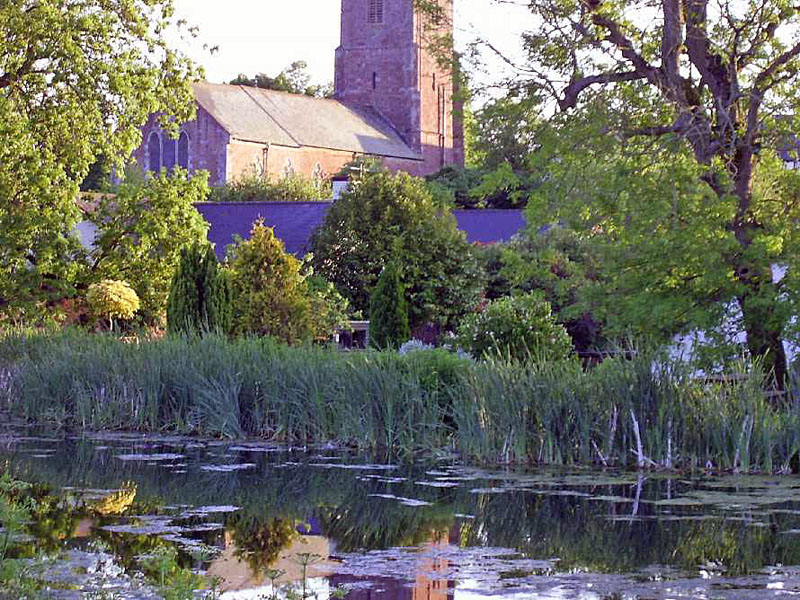 Halberton 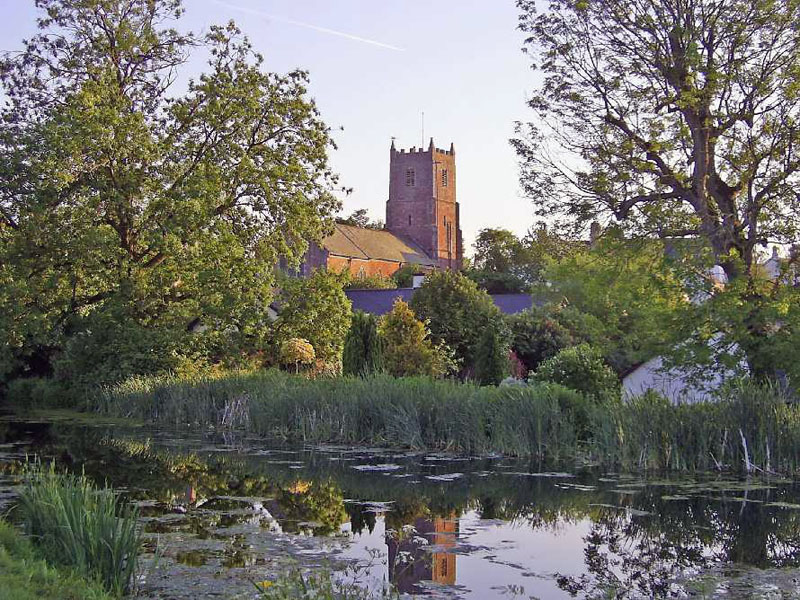 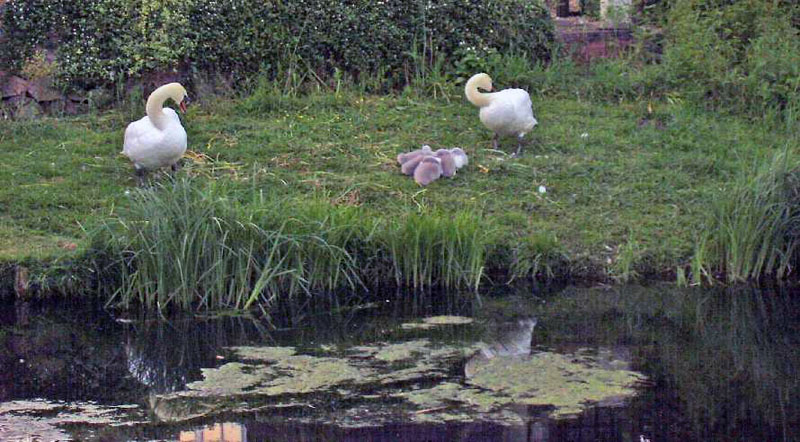 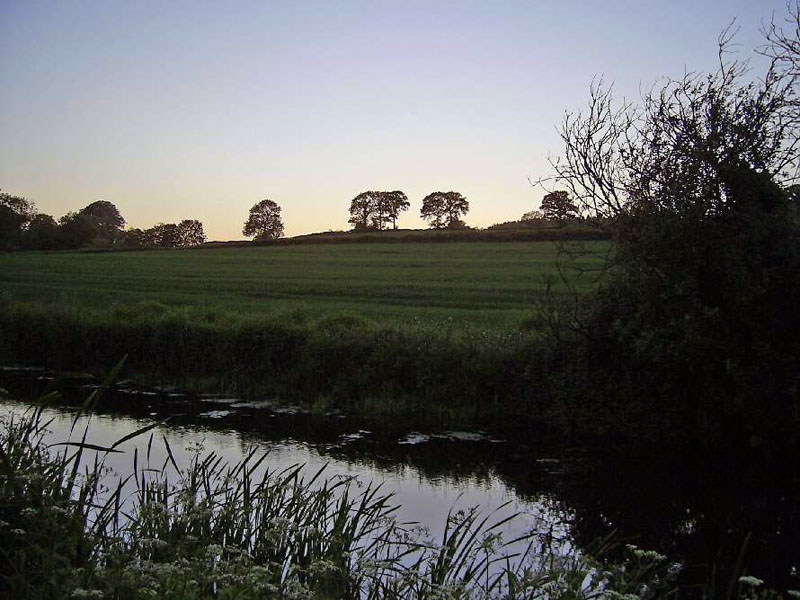 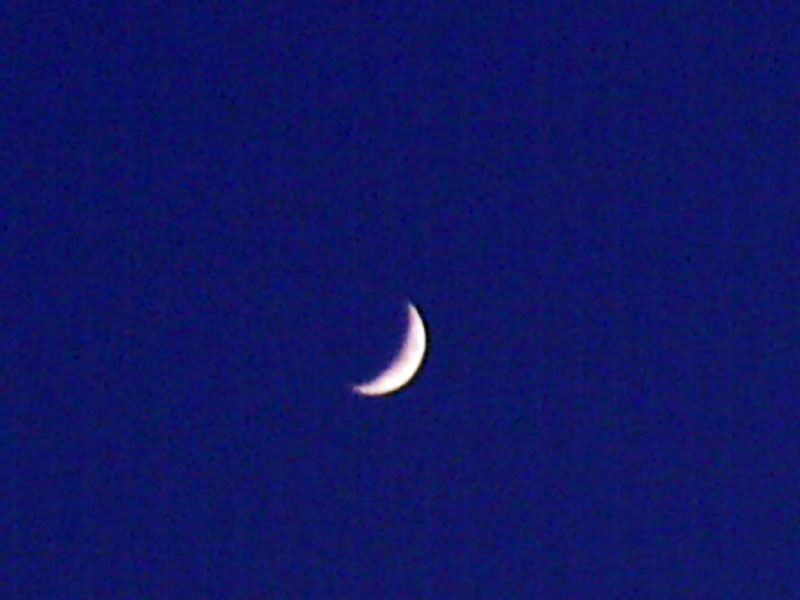 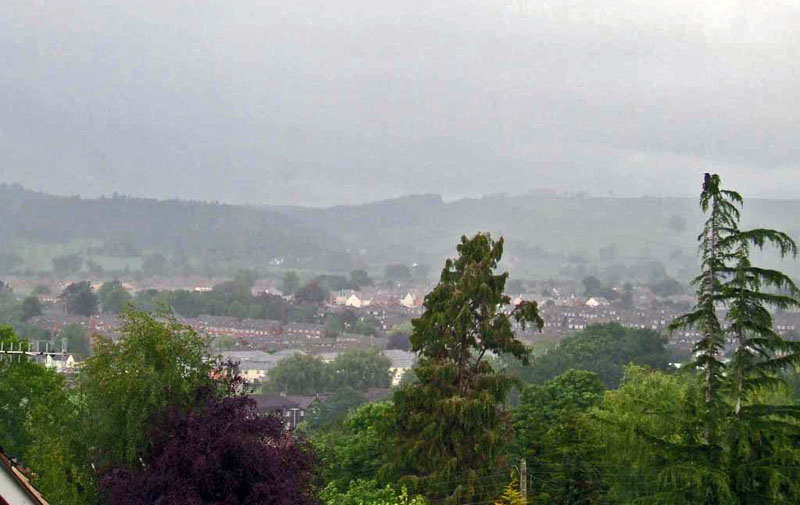  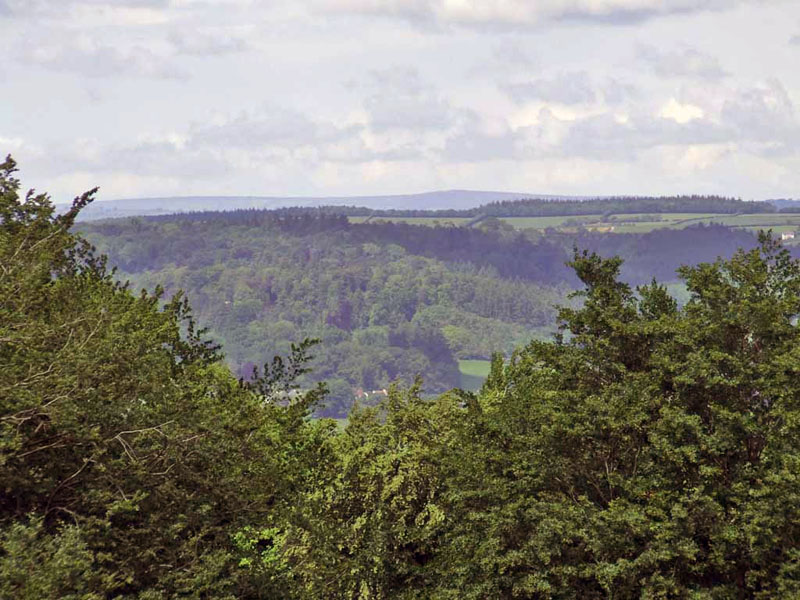 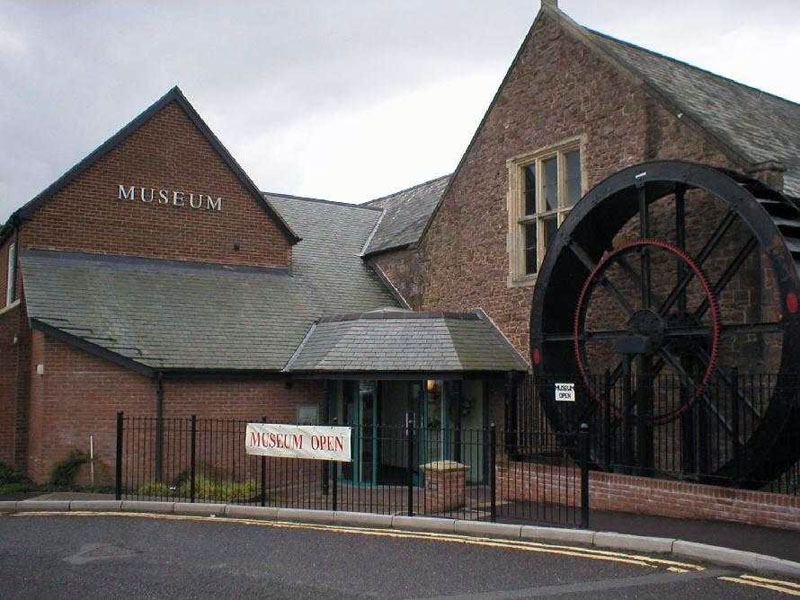 Museum of social, agricultural, transport and local history Model "Rocket" 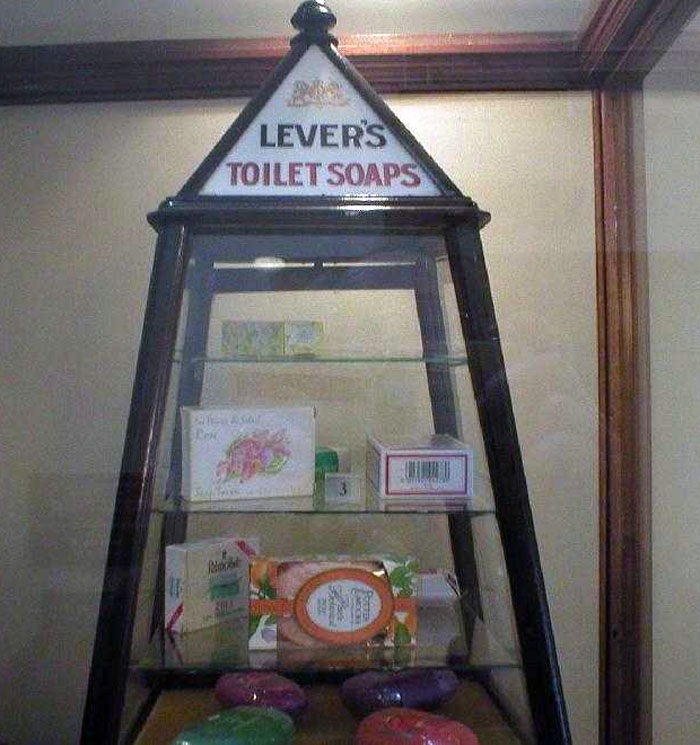 Lever's soap case in museum |
| Sept 2015 |
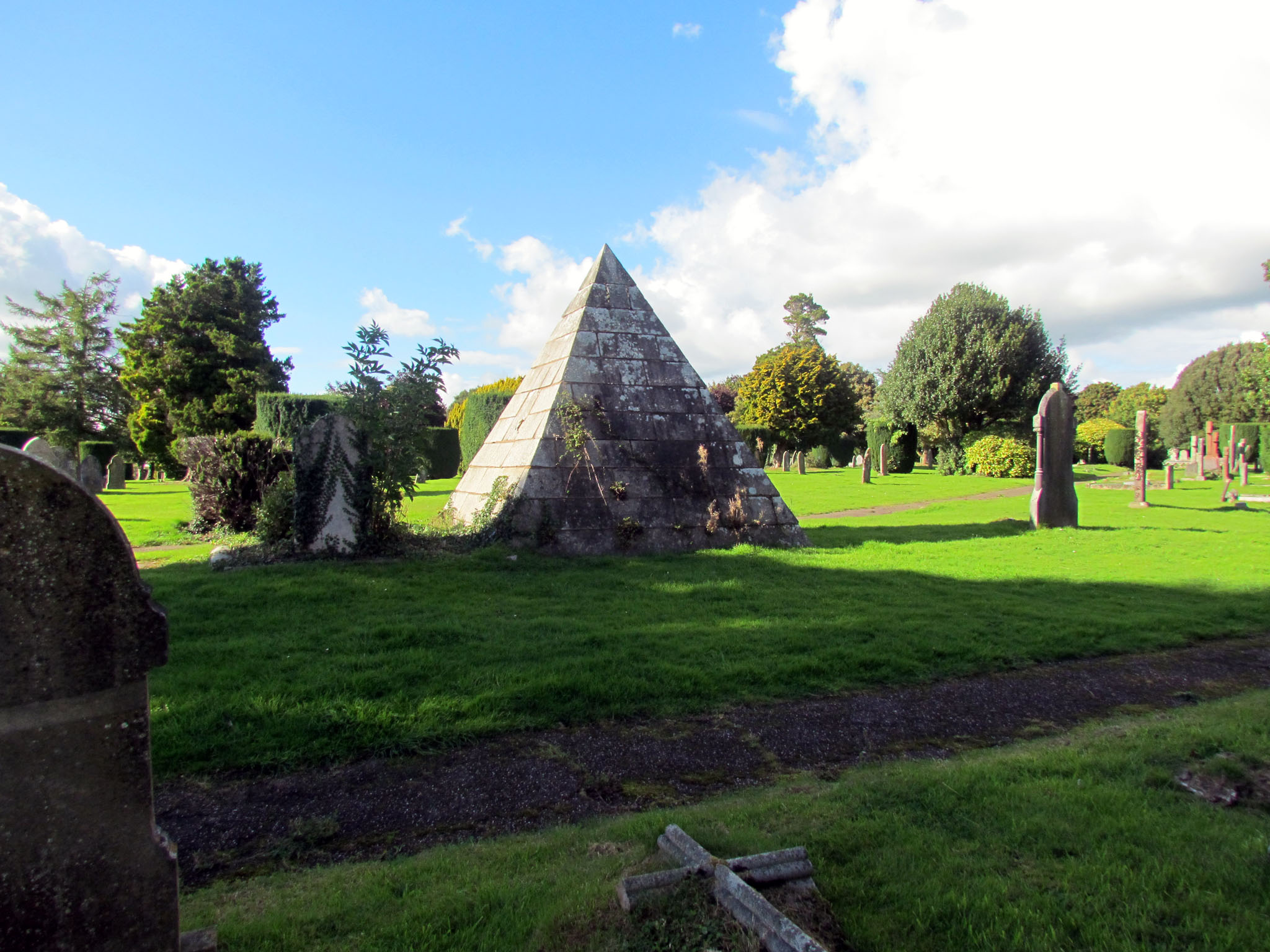 |
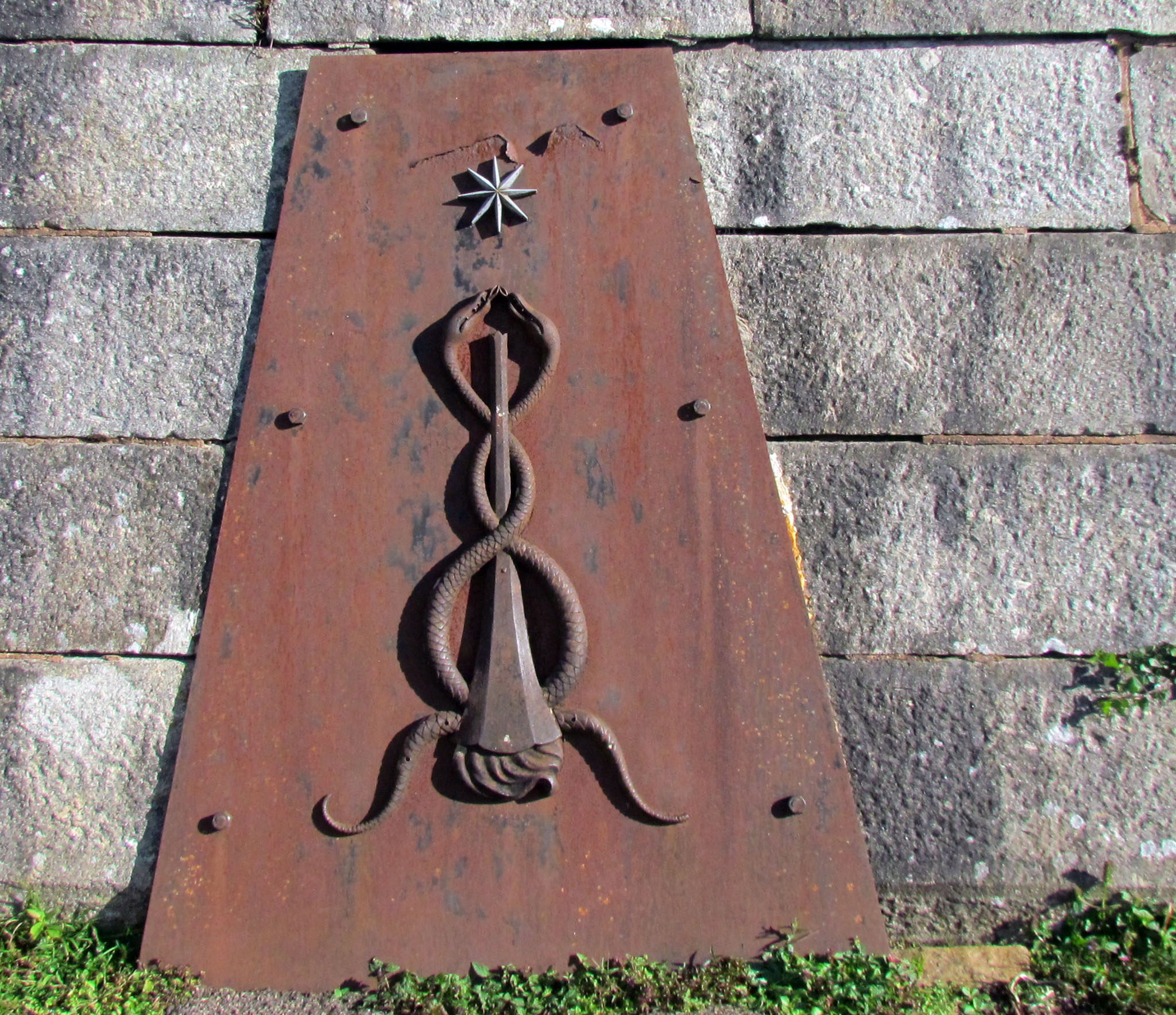 This is puzzling me, I thought it was a Caduceus; an ancient astrological symbol of commerce and is associated with the Greek god Hermes, the messenger for the gods, conductor of the dead and protector of merchants and thieves. But the torch? Its upside down!! But a Caduceus has wings. It could be a masonic symbol, as its on a pyramid grave? It is not a symbol of medicine, a popular mistake. In 1902 U.S.Army Medical Dept. adopted The Caduceus (rather than Rod of Ascelpius) as its symbol. This has come to be associated with medicine today, albeit false. |
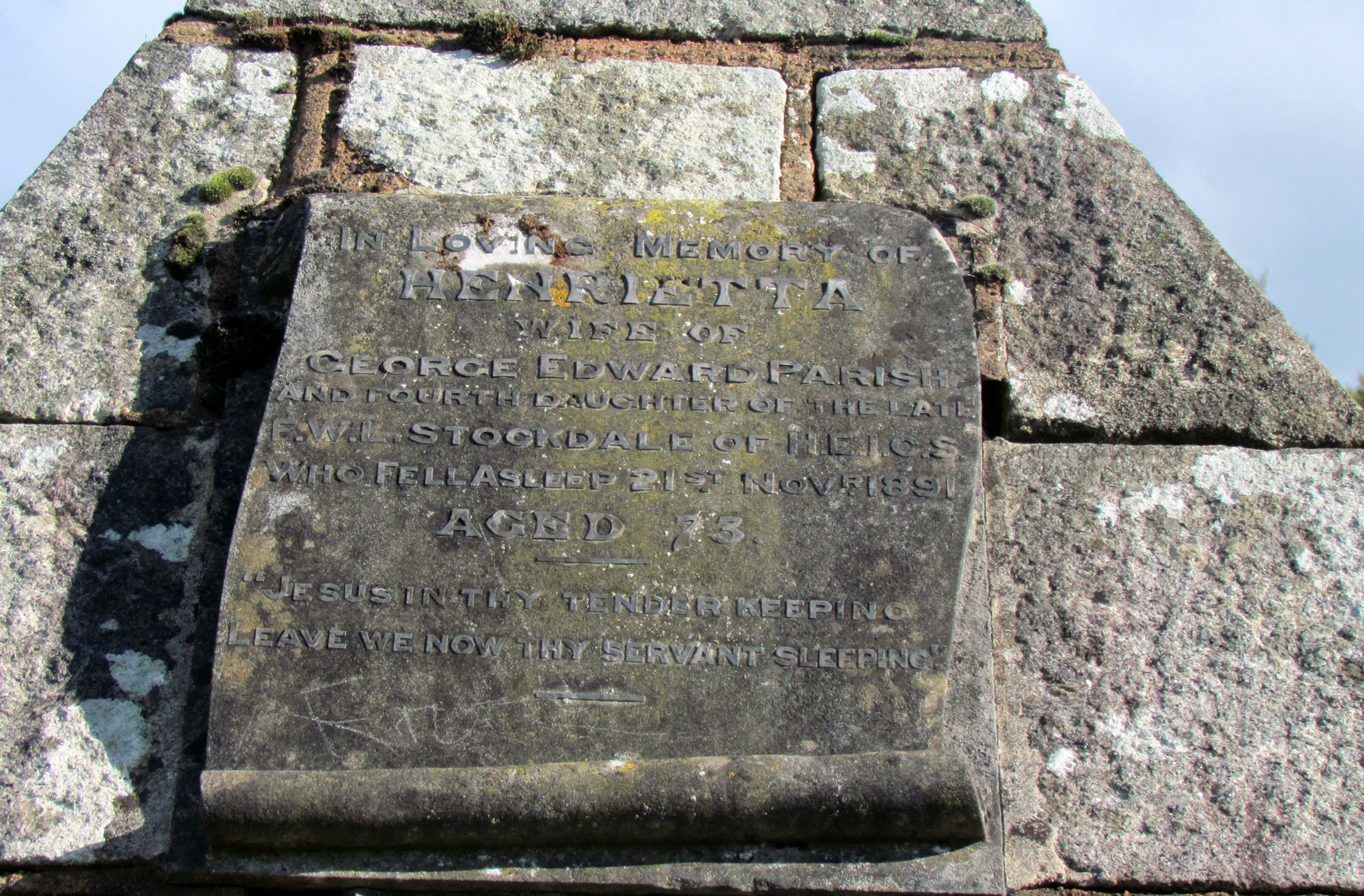 |
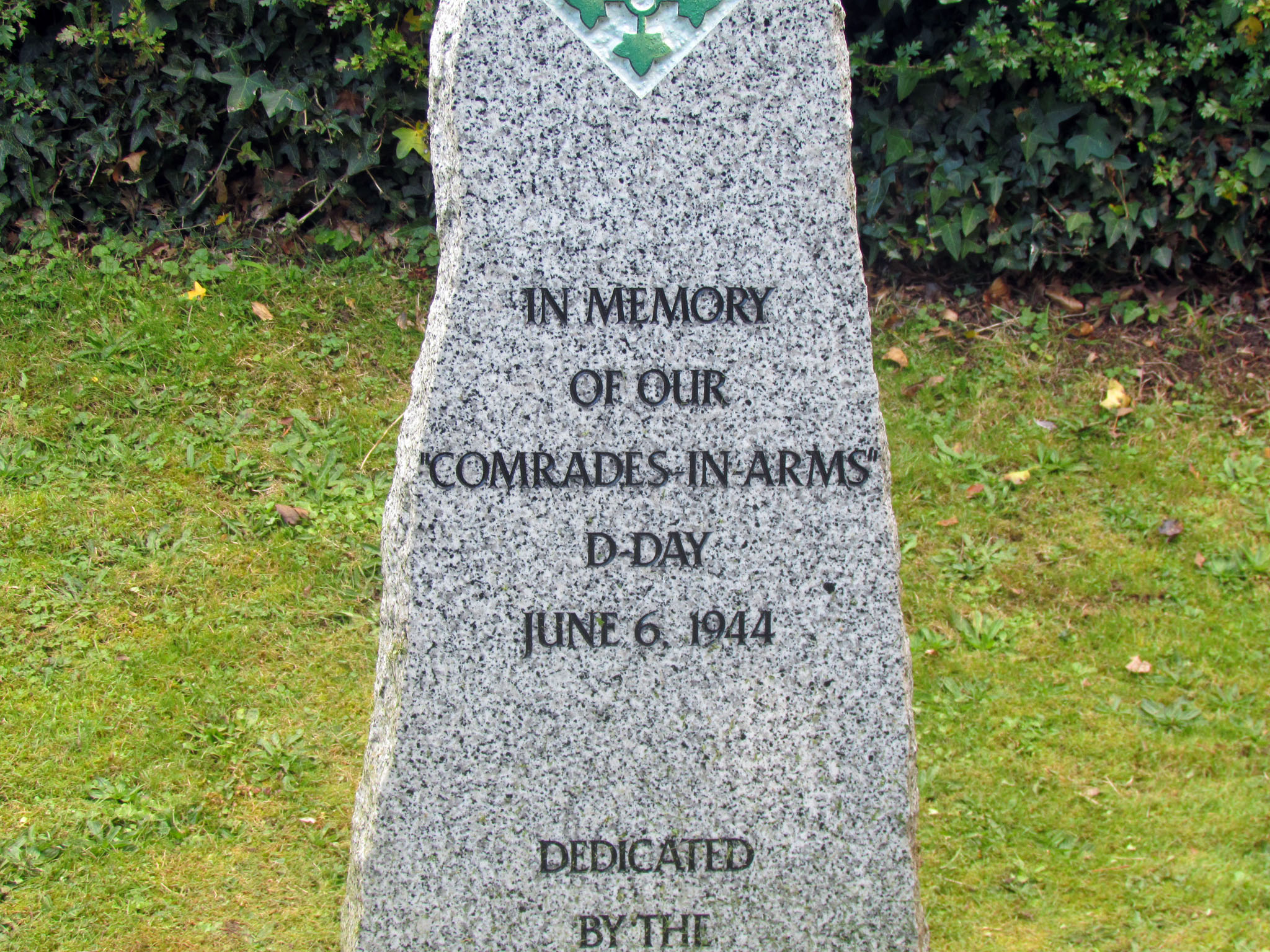 American Infantry Memorial in Tiverton Park 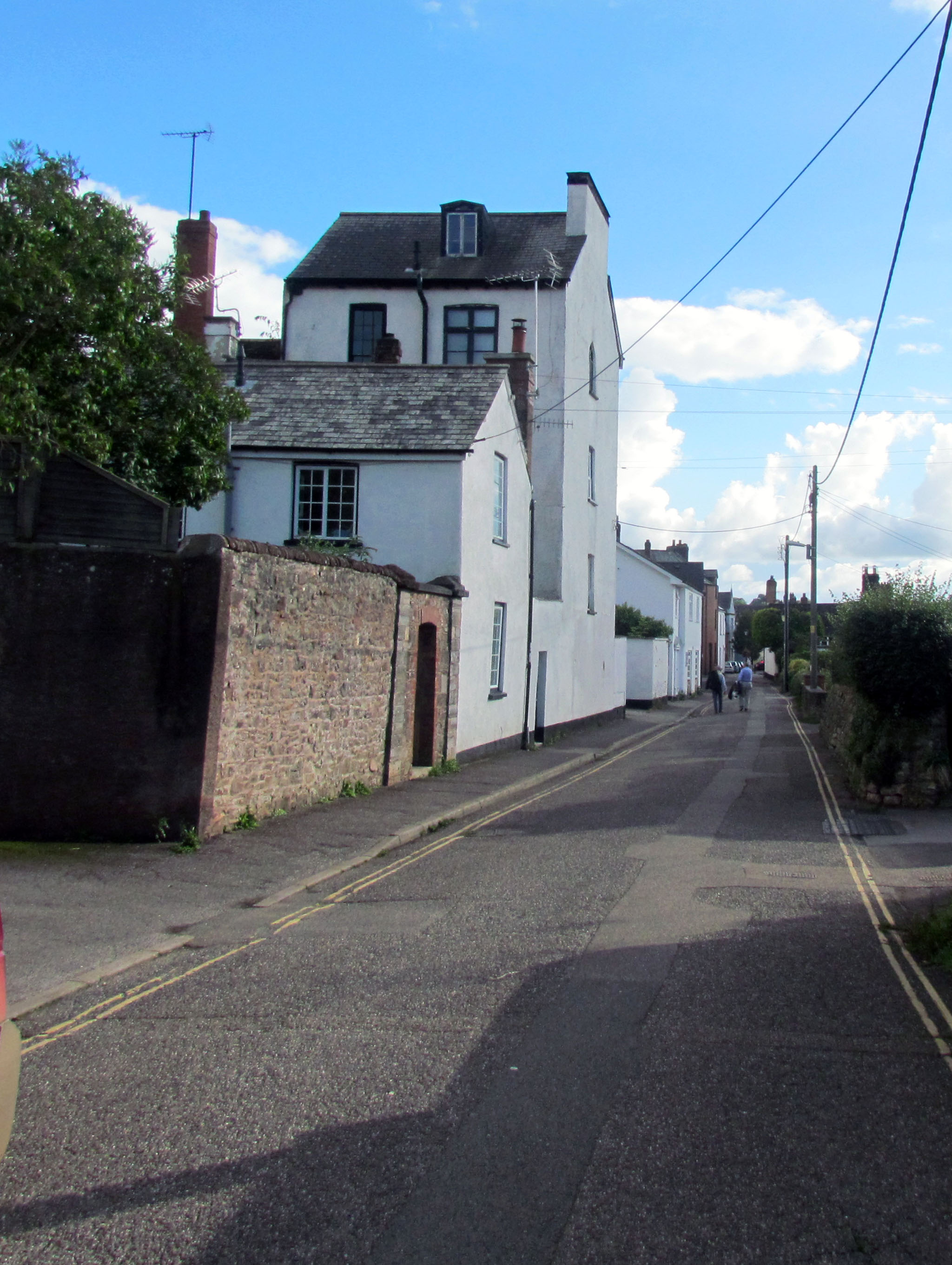 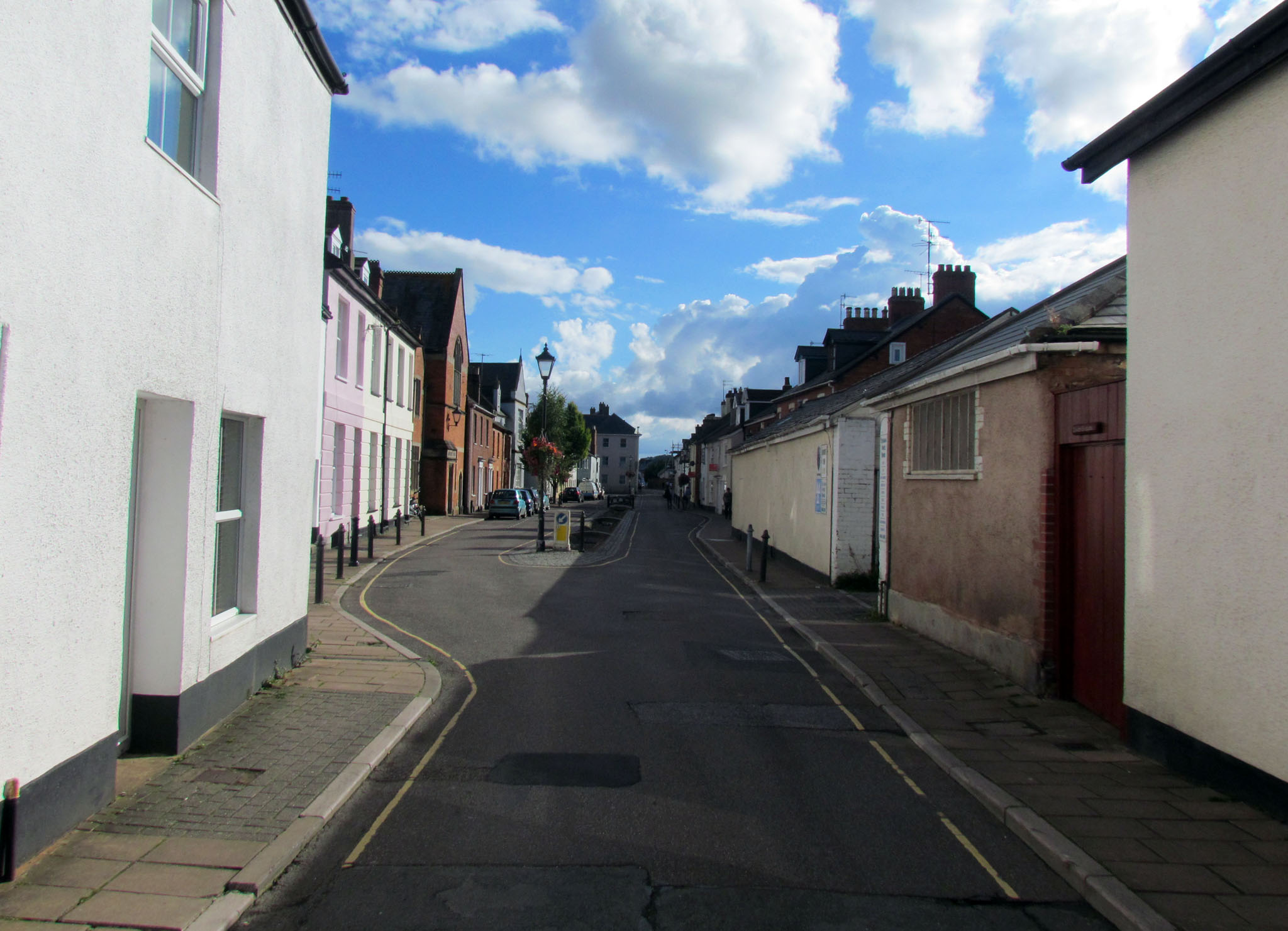 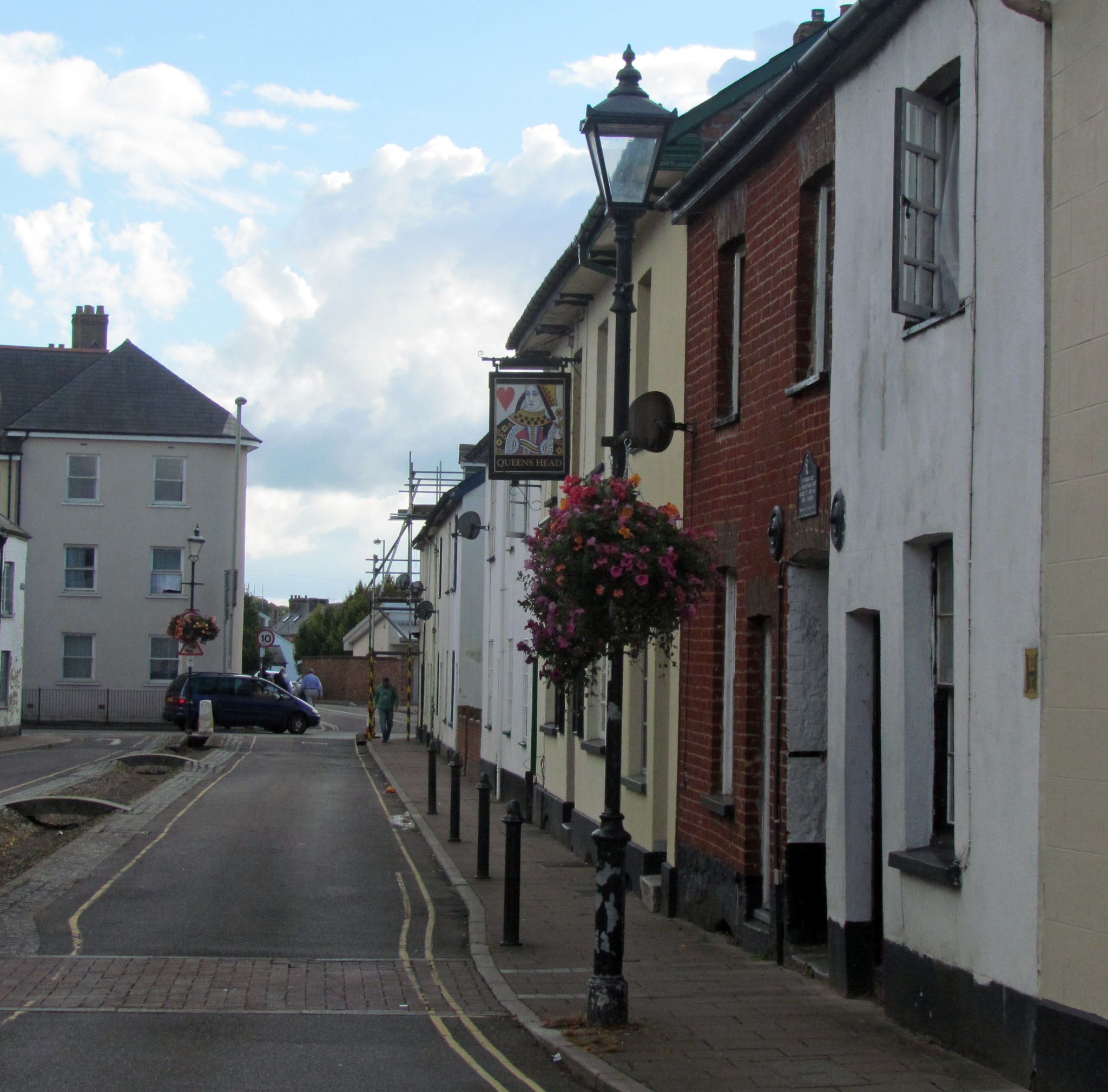 |
July 2016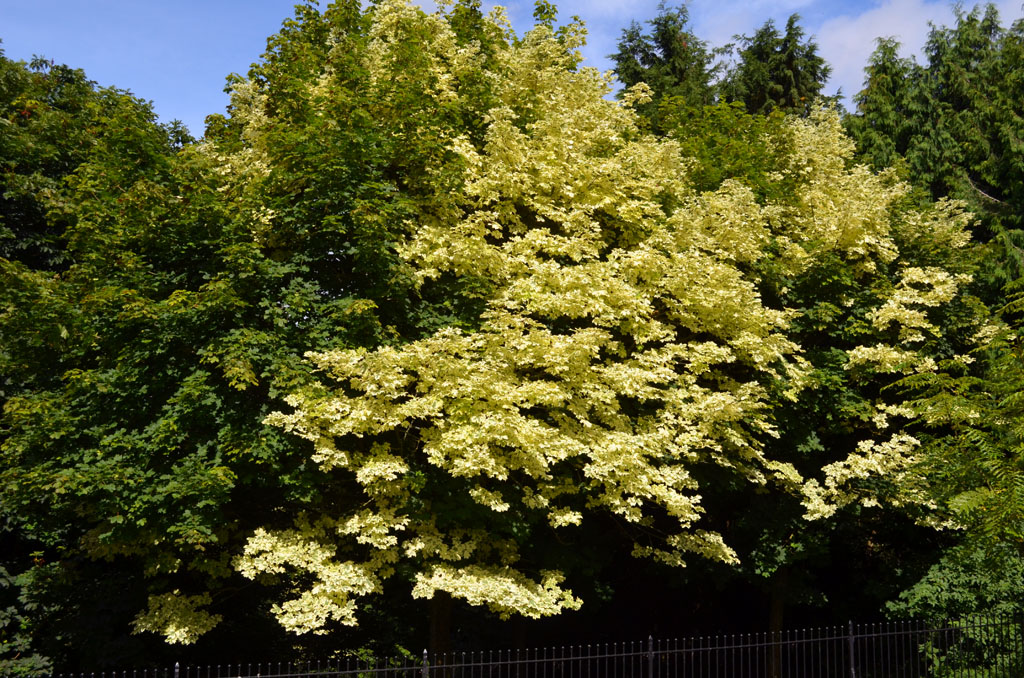 |
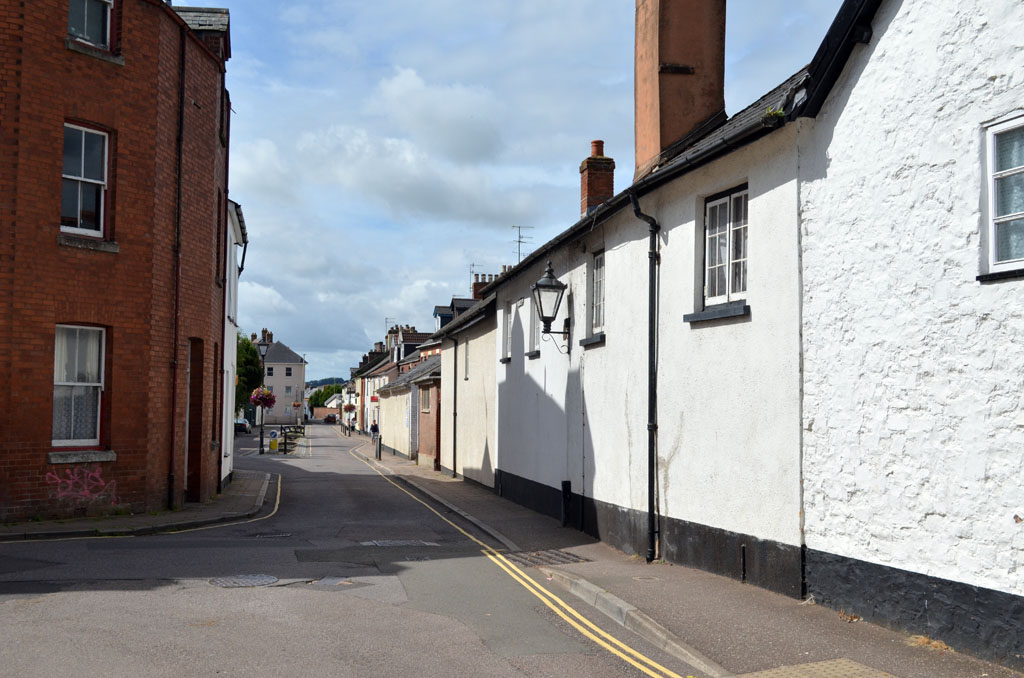 |
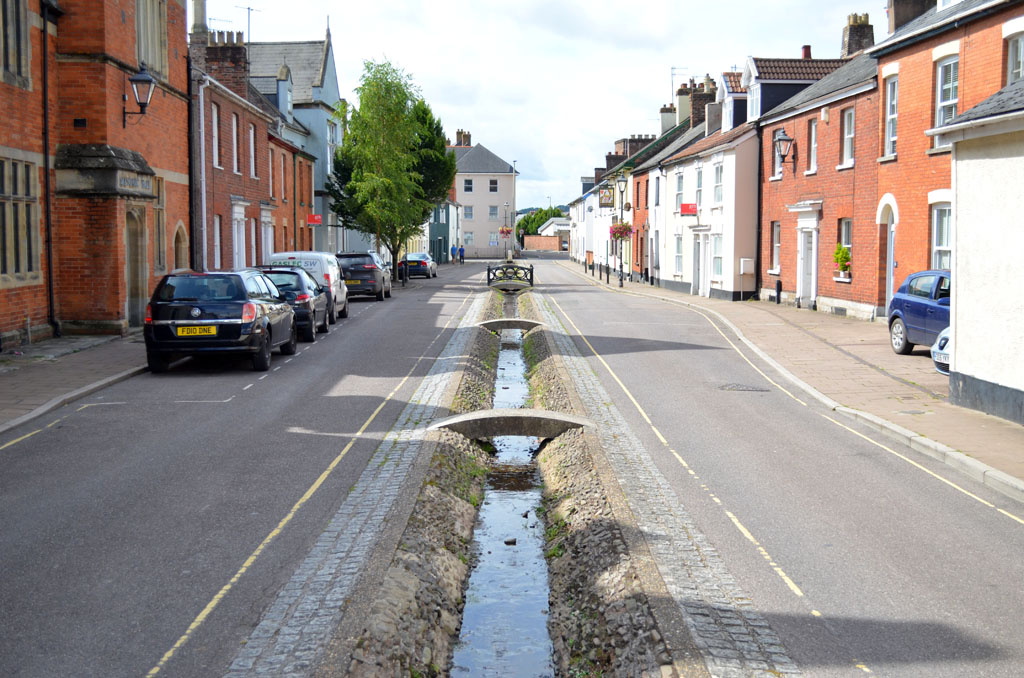 |
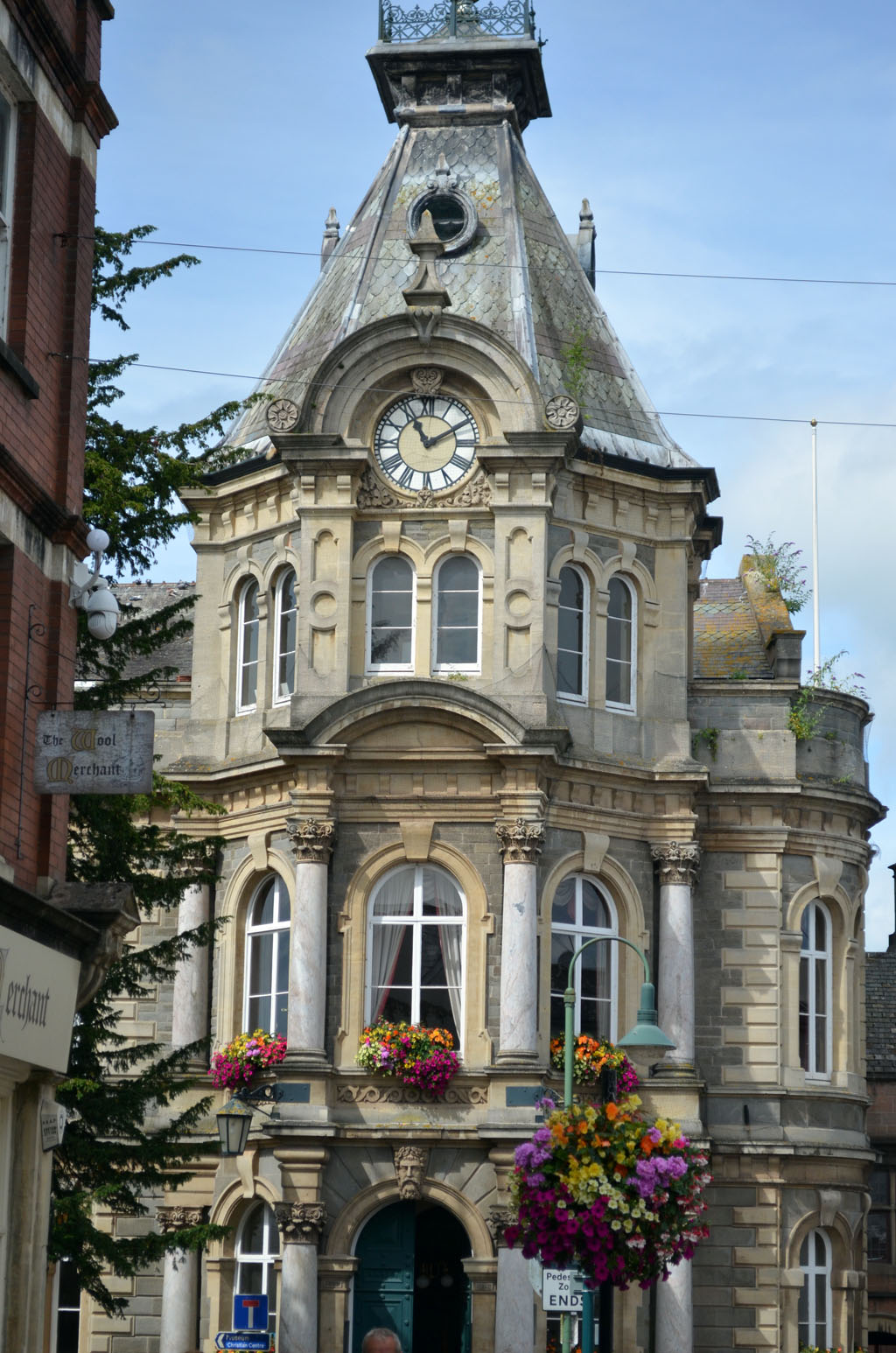 |
 |
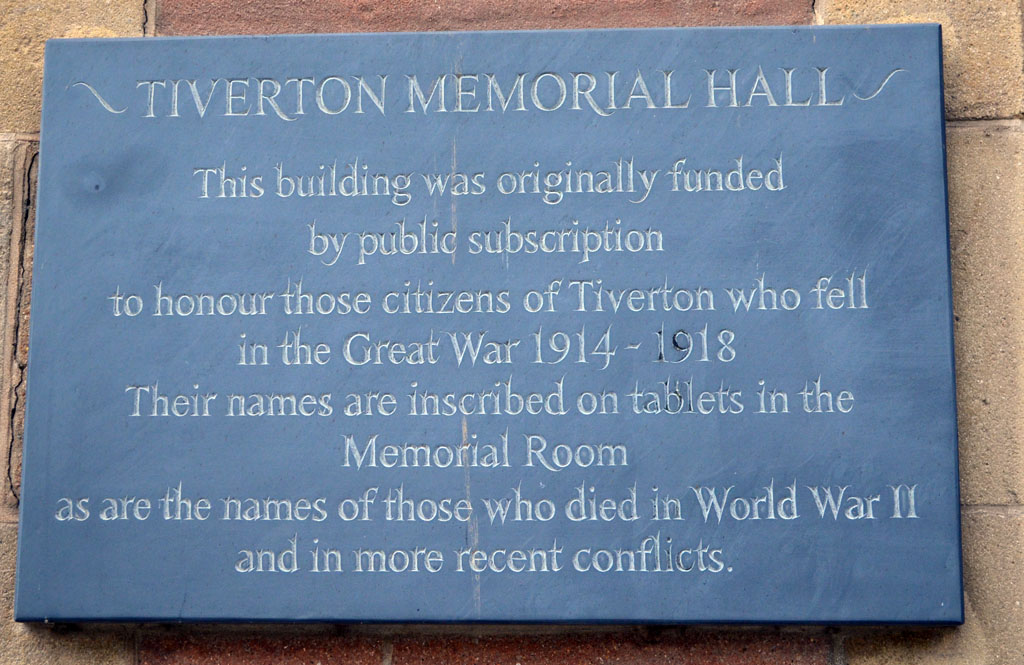 |
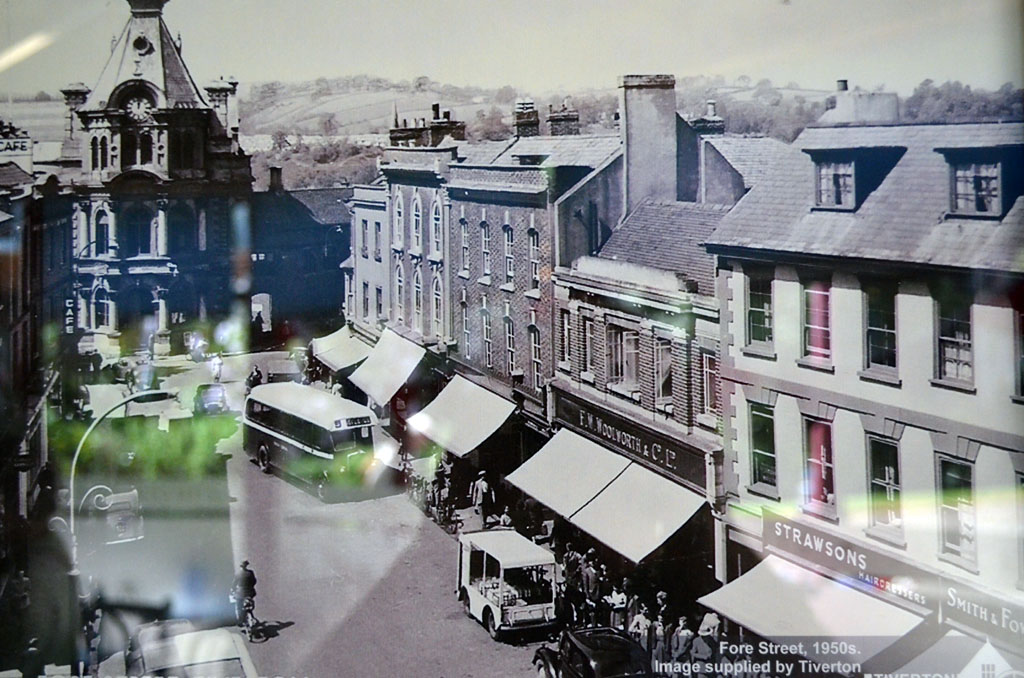 |
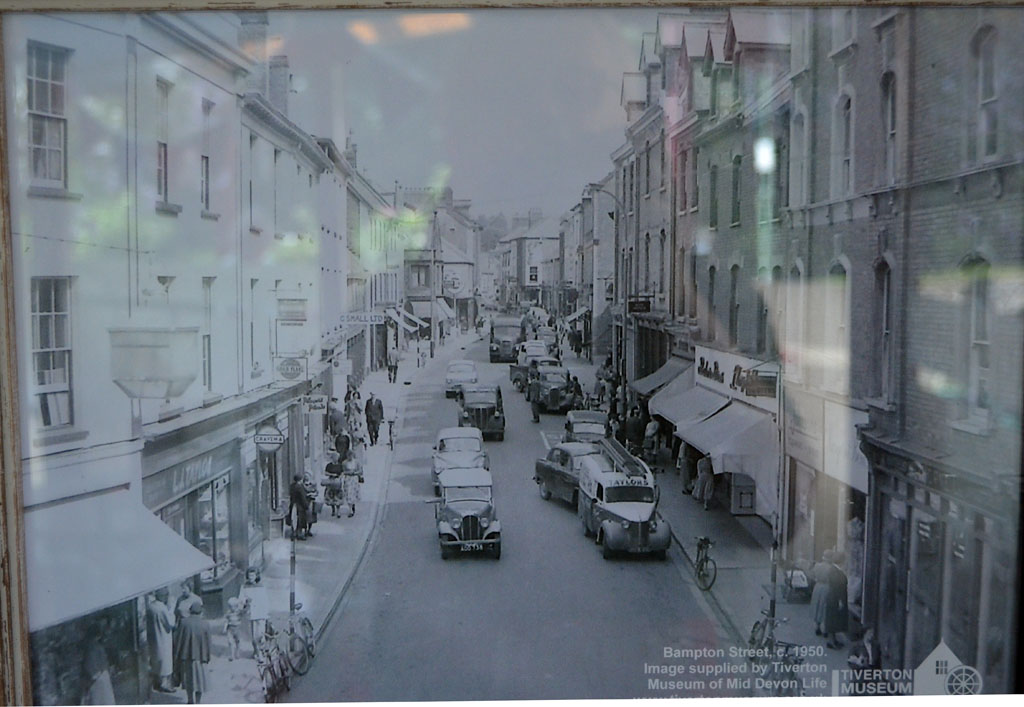  |
 |
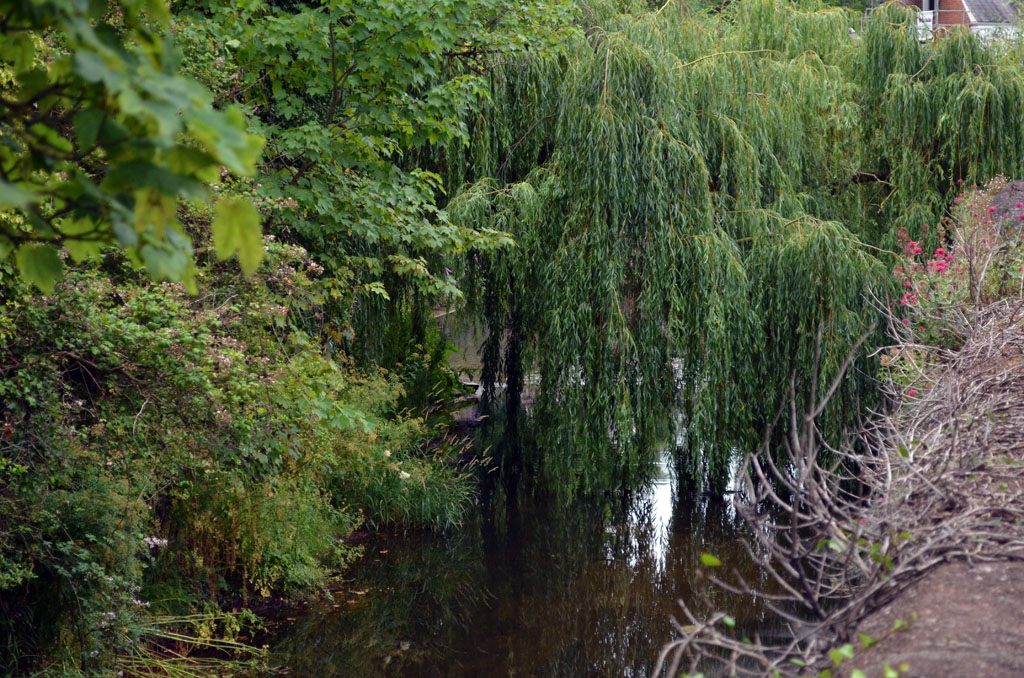 |
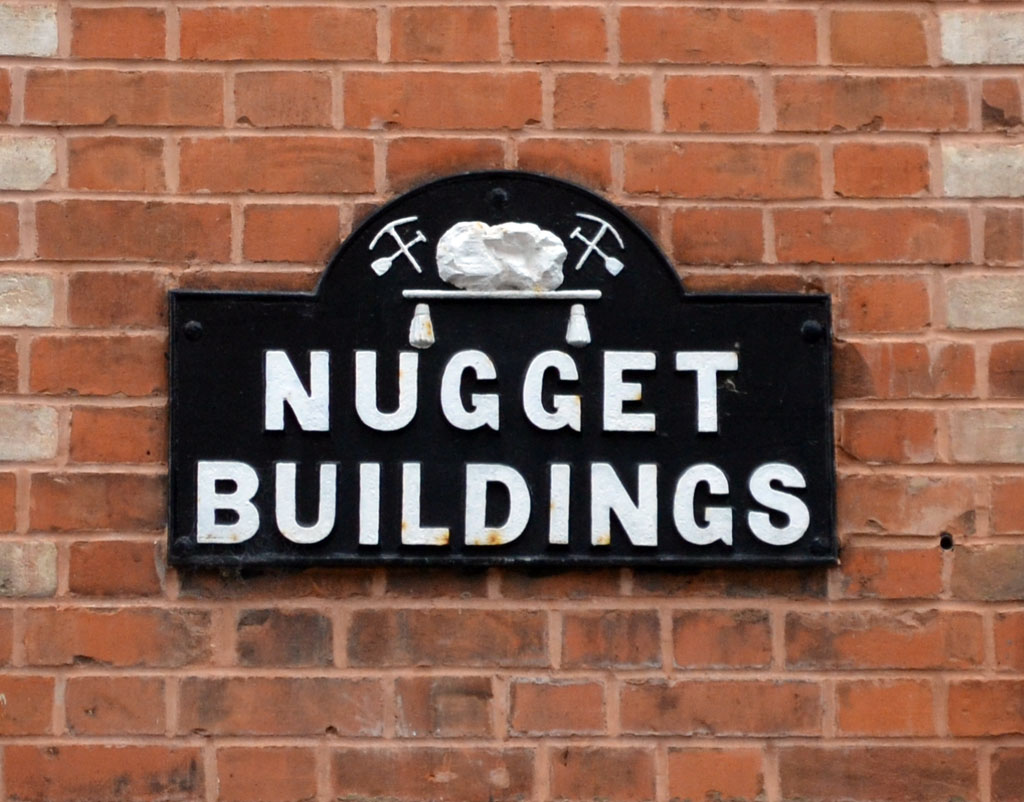 |
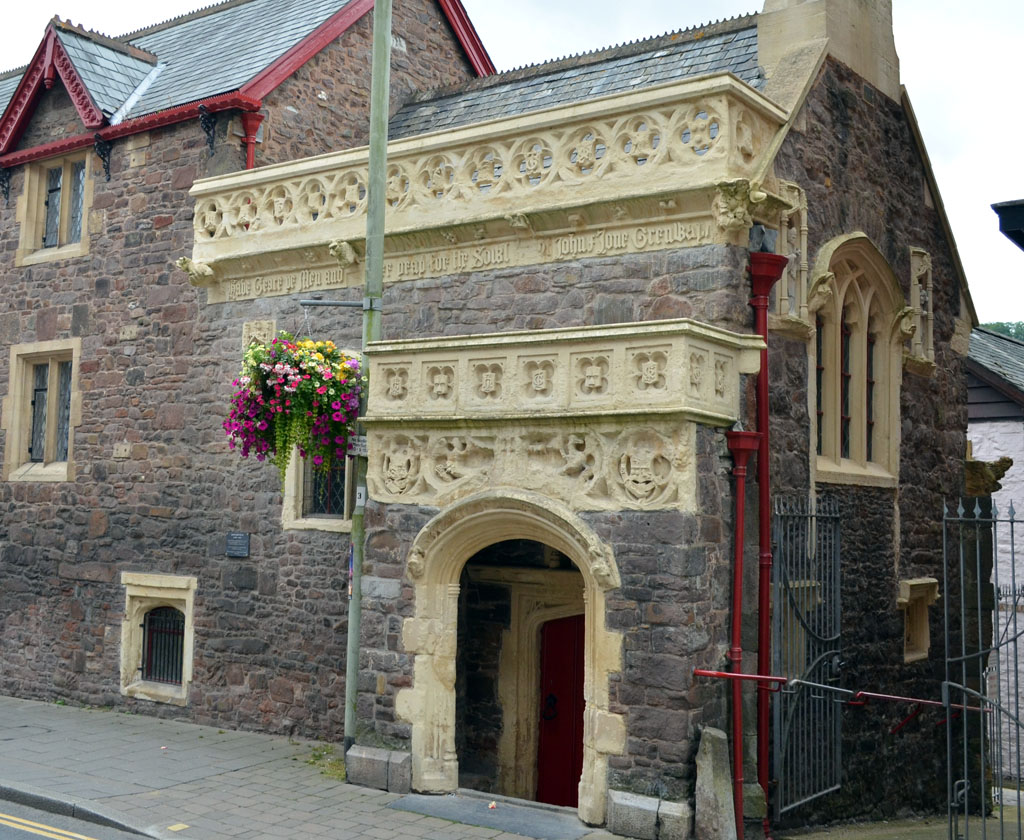 |
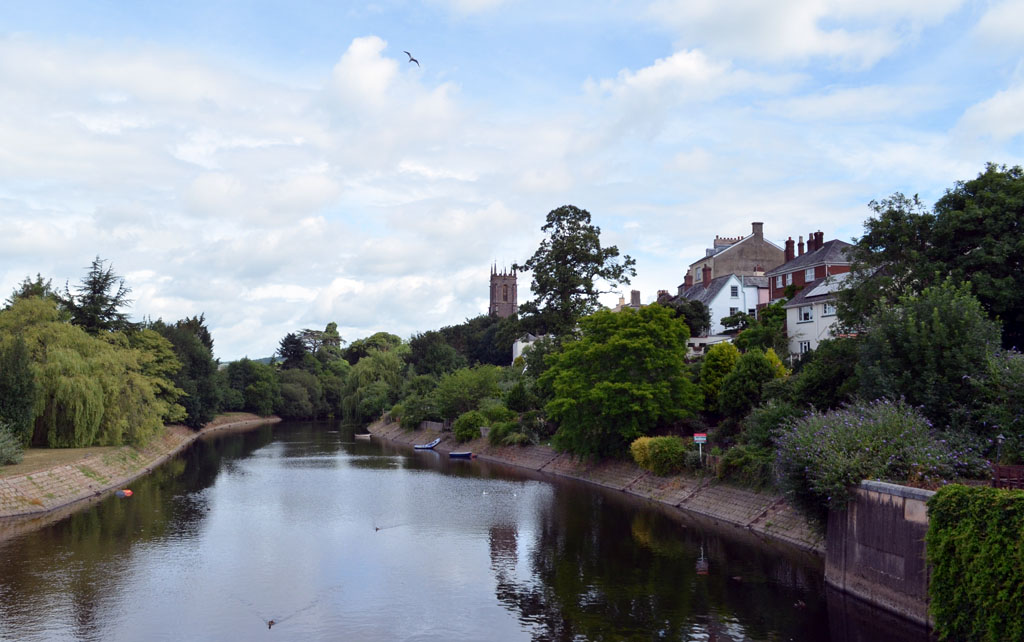 |
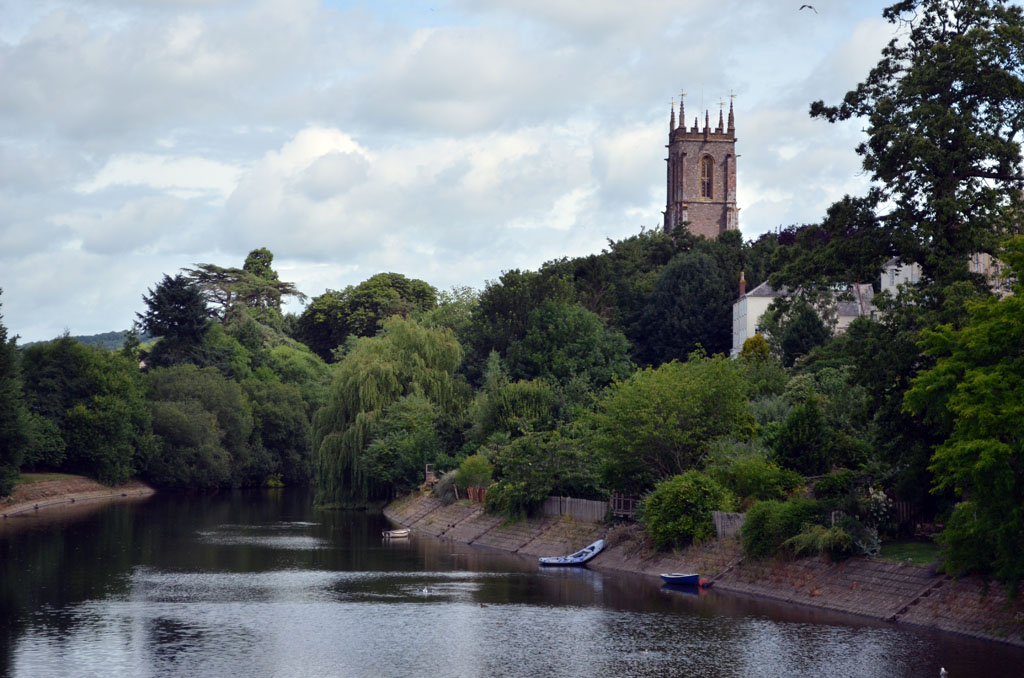 |
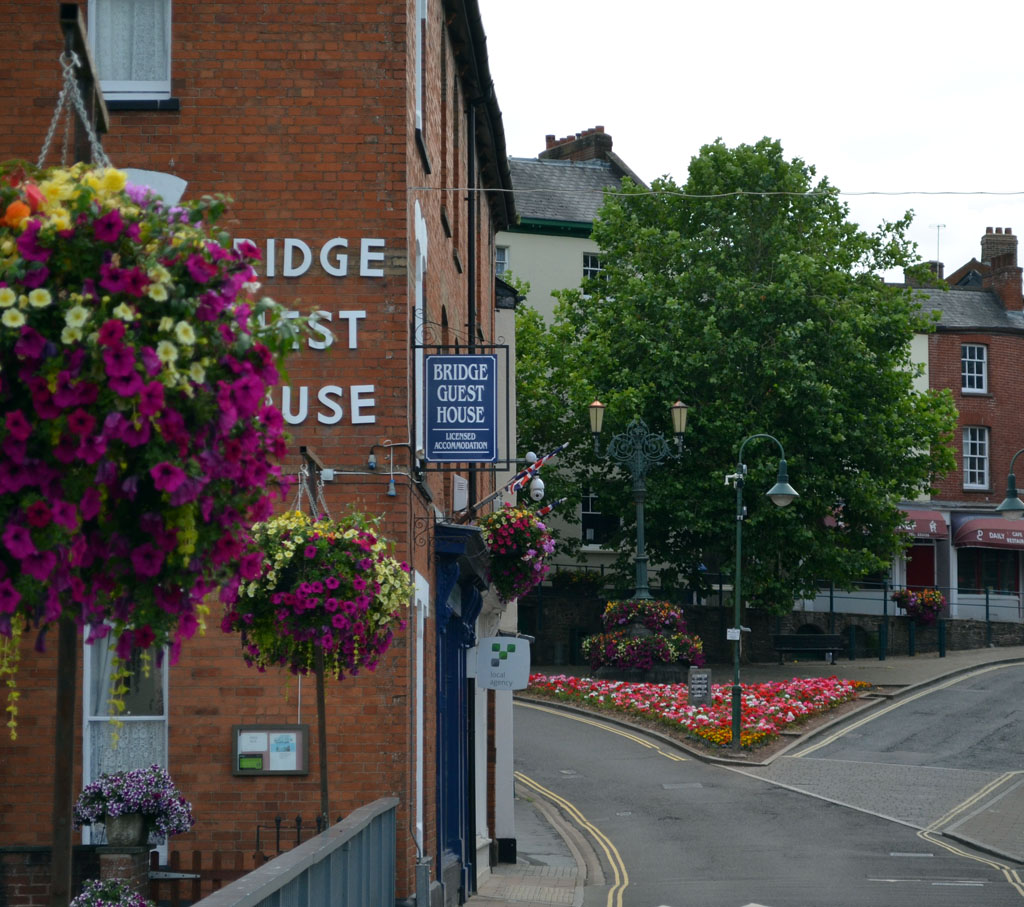 |
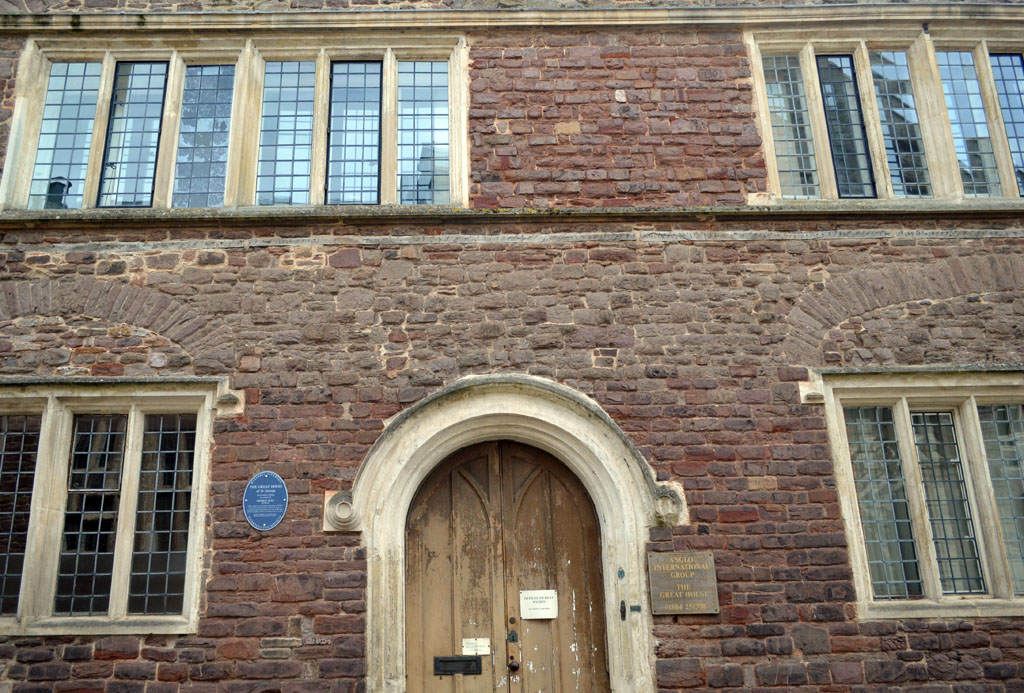 |
 |
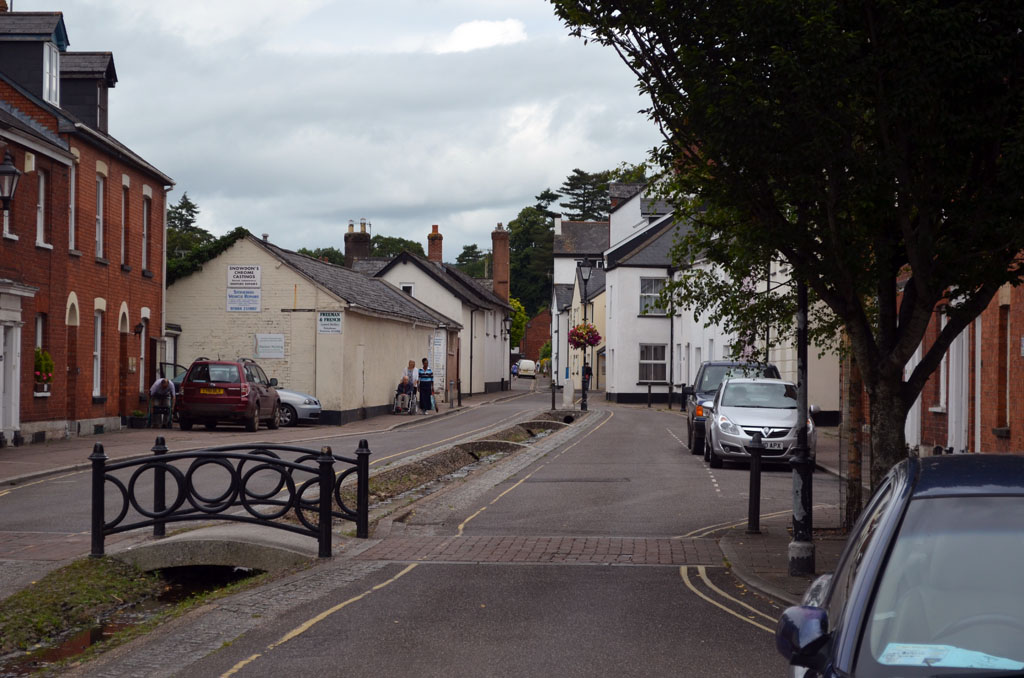 |
http://www.tivertonmuseum.org.uk - Tiverton Museum Reg Charity 239531
http://www.tiverton-town-fc.co.uk/ - Football Club
http://www.tivas.org.uk/ - Tiverton Astronomy
http://www.virtualtiverton.com/ - Virtual Tiverton